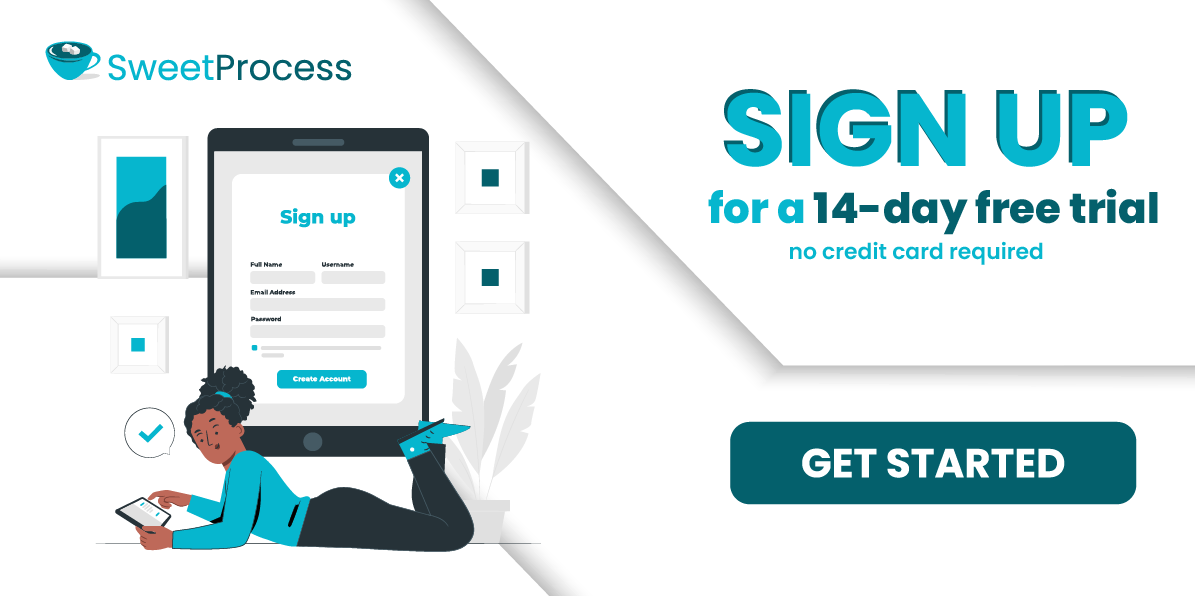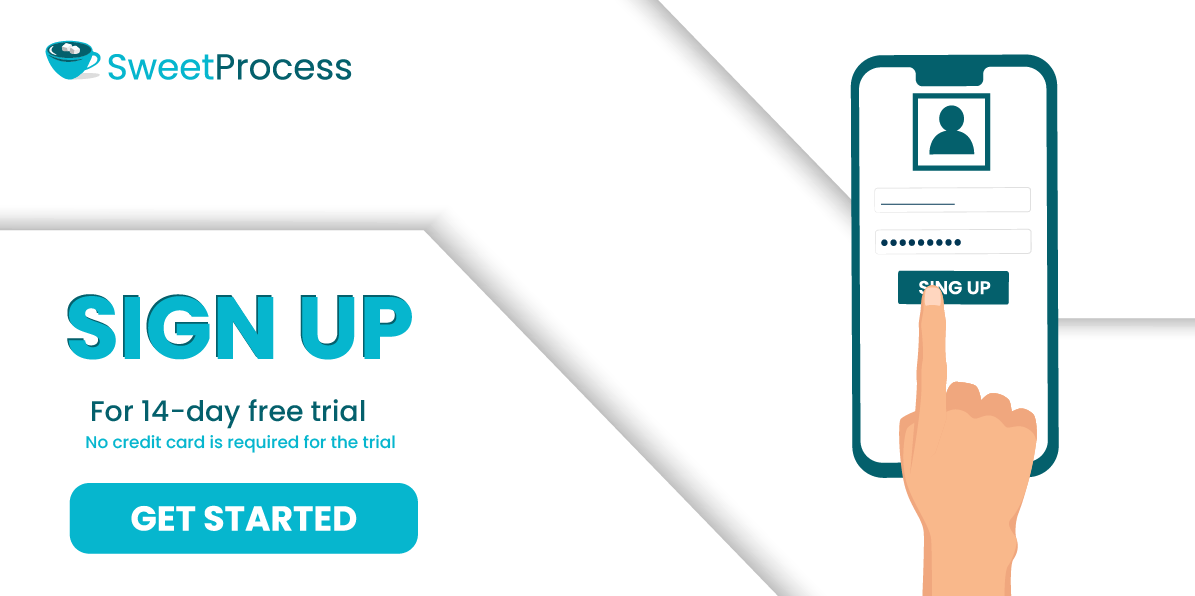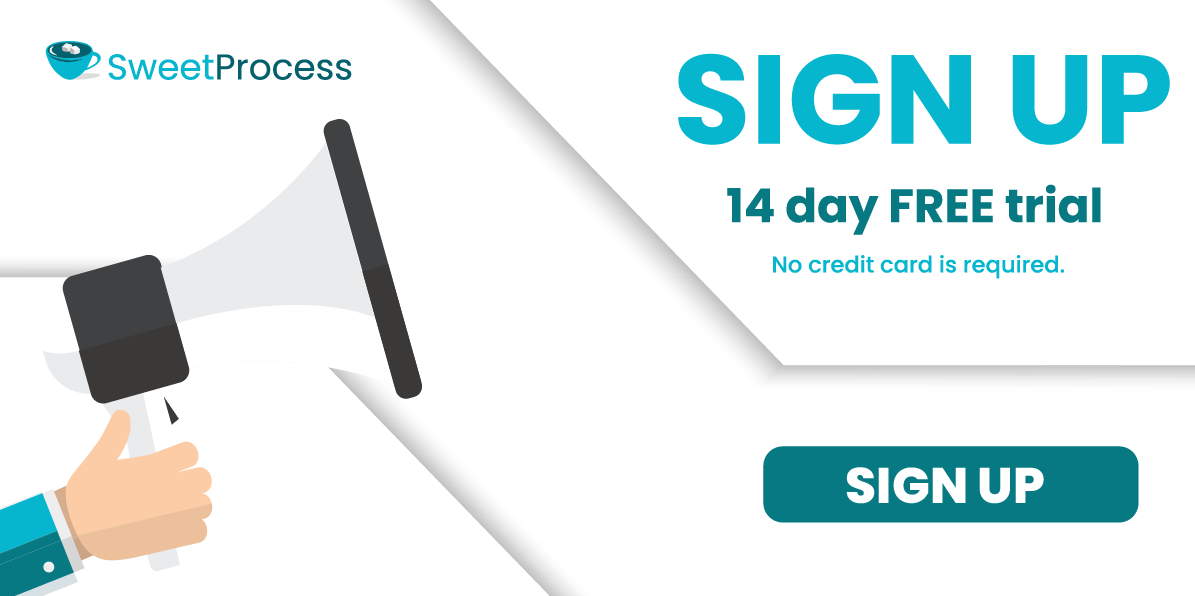Last Updated on November 22, 2025 by Owen McGab Enaohwo
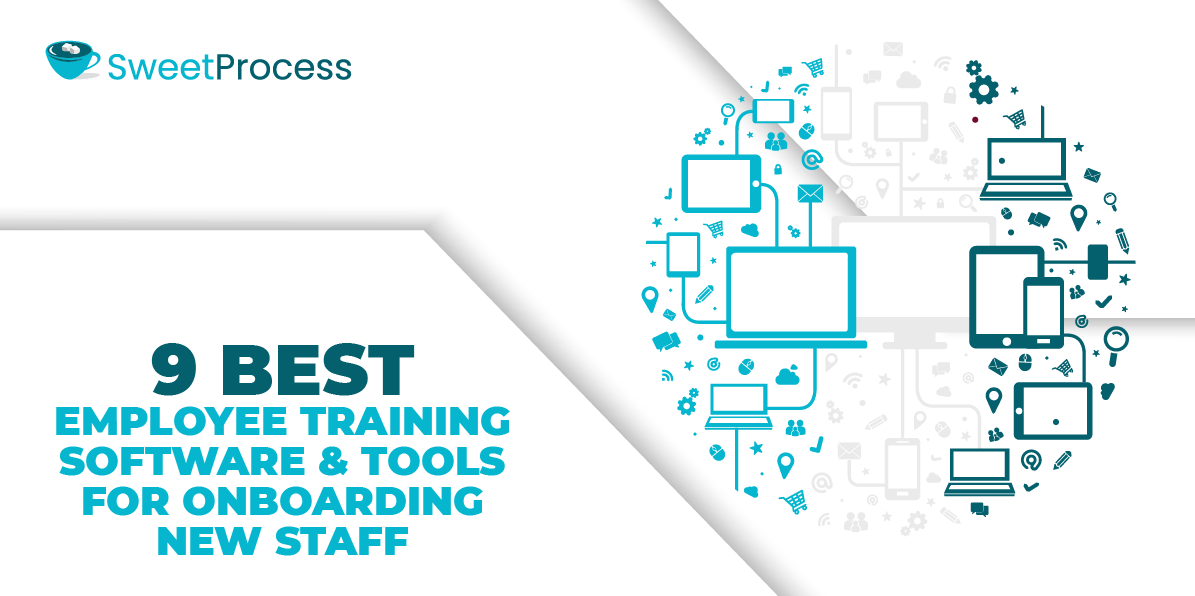
Managing a team—whether at a fast-growing startup or an established brand—means you’ve likely tried every trick to get everyone trained, from handouts and endless meetings to long email chains.
But as your team grows, so does the challenge of keeping everyone aligned, engaged, and informed. You need a way to streamline training, make learning engaging, and ensure that no one’s left behind.
That’s where the right employee training software changes the game. Imagine a tool that organizes your training materials and energizes learning, helps employees retain information faster, and keeps track of progress effortlessly.
In this guide, we’ll walk you through the best employee training software solutions available today, each designed to simplify your role and empower your team like never before.
Want a training process that actually works? Start a free trial of SweetProcess and see how effortless it can be to build, track, and manage training that your team will remember.
Here’s What You’ll Learn:
What Is Employee Training Software?
Types of Employee Training Software
10 Core Features of Employee Training Software
9 Best Employee Training Software
Things to Consider Before Choosing an Employee Training Software for Your Company
How Businesses Use SweetProcess to Train New Employees
Which Employee Training Software Is Right for Your Company?
What Is Employee Training Software?
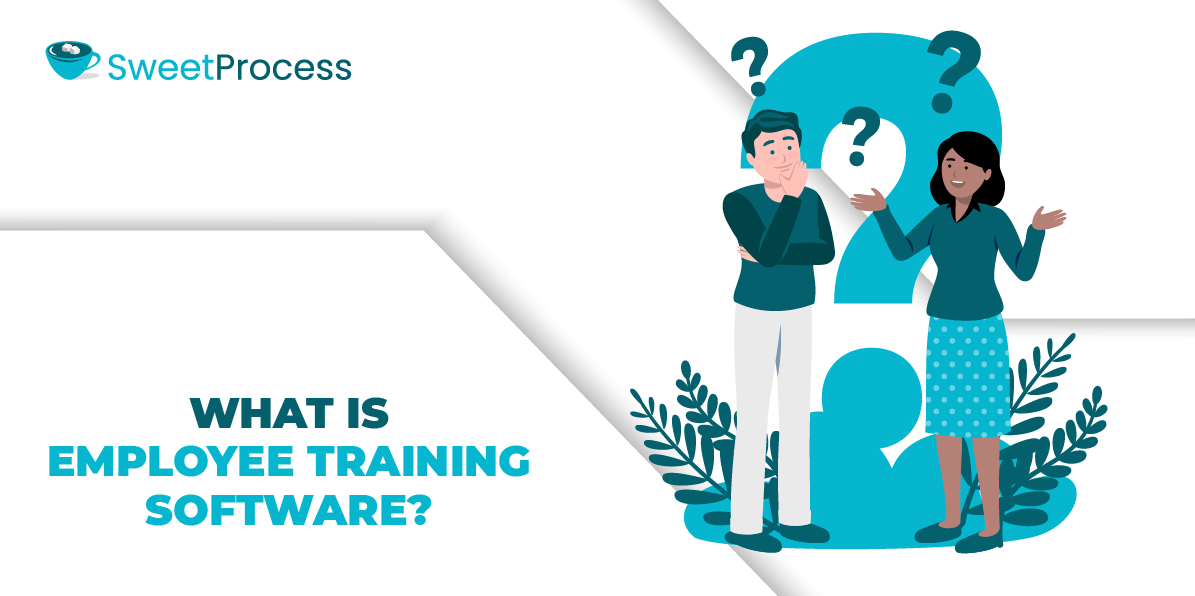
Employee training software is a digital tool that simplifies and organizes training processes. Instead of relying on manuals, emails, or lengthy meetings, this software provides a central platform to create, share, and manage all your training materials, from onboarding guides to skill-building courses, and deliver them in one easy-to-access platform.
With training software, you can track each employee’s progress, see who’s on top of their training, and spot areas where they might need extra help. The goal? To simplify training for managers and make learning more efficient for employees. This enables everyone to stay on the same page, no matter the size of your team, without the hassle of outdated methods. Signing up for SweetProcess is one way to start with a 30-day money-back guarantee.
Types of Employee Training Software
Employee training software comes in various types, each tailored to different training needs. Here’s a quick guide to some of the most popular options:
1) Learning Management Systems (LMS)
A Learning Management System (LMS) is a central hub for creating, managing, and delivering structured training programs. It’s perfect for companies that want to provide a consistent training experience where employees can log in, access courses, and track their progress from one place. It’s especially popular in organizations with diverse training needs across various roles.
Examples: TalentLMS, Adobe Learning Manager, Moodle, and Litmos
2) Learning Experience Platforms (LXP)
LXPs take learning a step further by offering personalized and engaging content. These training platforms focus on delivering content that allows employees to access materials at their own pace, explore topics that are directly relevant to their roles, and even share insights with teammates. The goal is to make learning more interactive and social.
Examples: Degreed, EdCast, and Cornerstone OnDemand
3) Micro-Learning Platforms
Micro-learning platforms specialize in delivering quick, focused lessons that employees can complete in minutes. This format is ideal for skills that require regular refreshers or when training needs to be easily accessed on the go—think short videos, infographics, or quizzes that employees can complete during a break.
Examples: Axonify, Grovo, and Blinkist
4) Virtual Classroom Software
Virtual classroom software allows companies to conduct live, instructor-led training sessions remotely. Equipped with video conferencing, real-time chat, and virtual whiteboards, these platforms allow you to run engaging training sessions no matter your team’s location.
Examples: Zoom, Adobe Connect, and Microsoft Teams
5) E-Learning Authoring Tools
E-learning authoring tools allow companies to create custom training content, such as interactive modules, quizzes, and multimedia lessons. If your training needs are highly specific and can’t be met by off-the-shelf materials, these tools let you build courses from scratch to match exactly what your employees need to learn.
Examples: Articulate 360, Adobe Captivate, and iSpring
Each type of training software serves unique needs, so choosing the right one depends on your business goals, the size of your team, and the learning style that fits best. Our tool, SweetProcess, cuts through the complexity. Want to see how? Start your 14-day trial and unlock smarter team training.
10 Core Features of Employee Training Software
When selecting employee training software, consider these essential features to ensure it satisfies the needs of both managers and employees.
1) User-Friendly Interface
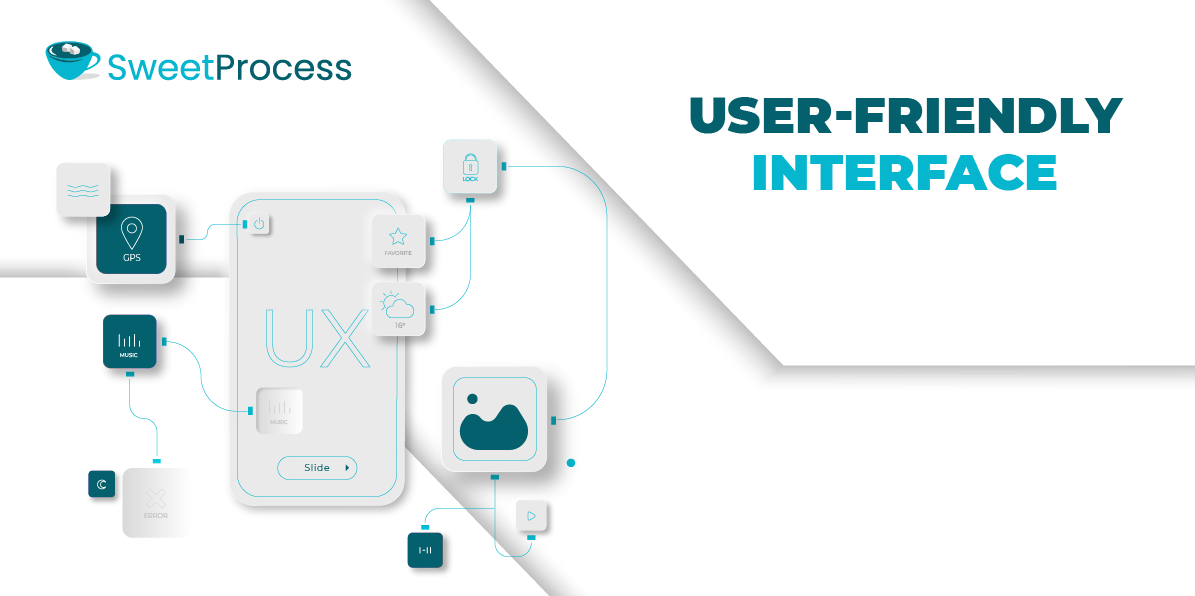
A user-friendly design makes it easier for employees to navigate, find their training materials, and complete tasks without frustration. Look for intuitive software that doesn’t require extensive training. Your team should be able to jump in and get started immediately.
2) Content Creation and Management
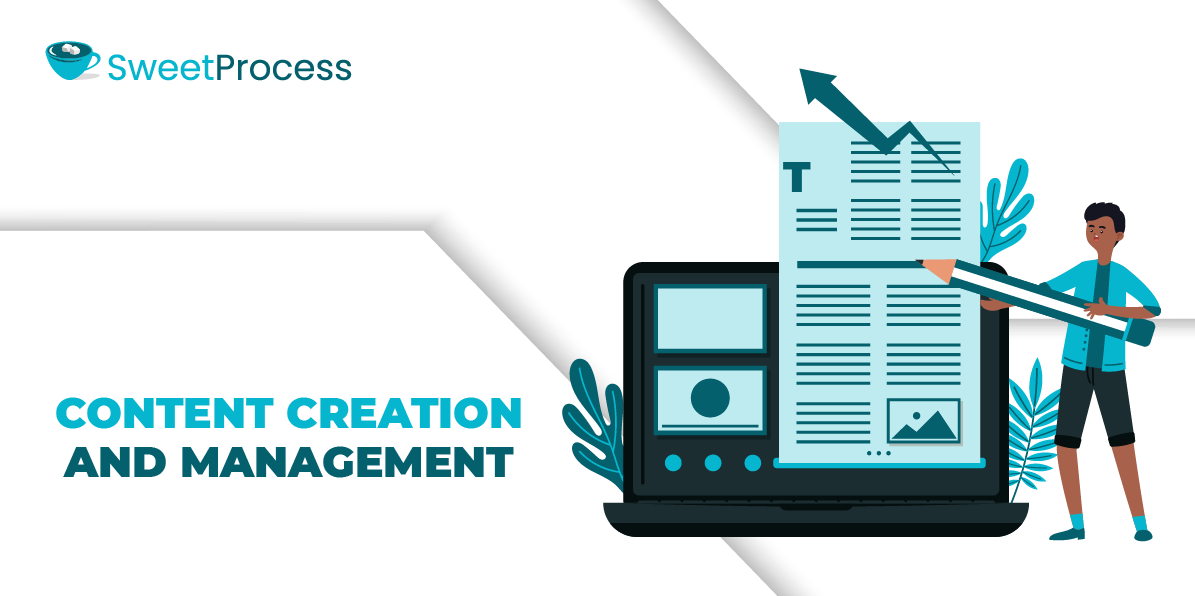
The best training management software lets you easily create and organize content. Look for tools that offer a variety of formats, such as videos, quizzes, and written modules, so you can keep the material engaging and adaptable to different learning styles. Effective content management also makes it easier to update materials as your processes evolve.
3) User Management
With user management features, you can assign specific courses to employees based on their roles, departments, or skill levels. This is essential for tracking who needs which training, monitoring completion rates, and ensuring that everyone has access to the right resources. This is especially useful in larger organizations where different teams may need tailored training.
4) Progress Tracking and Reporting
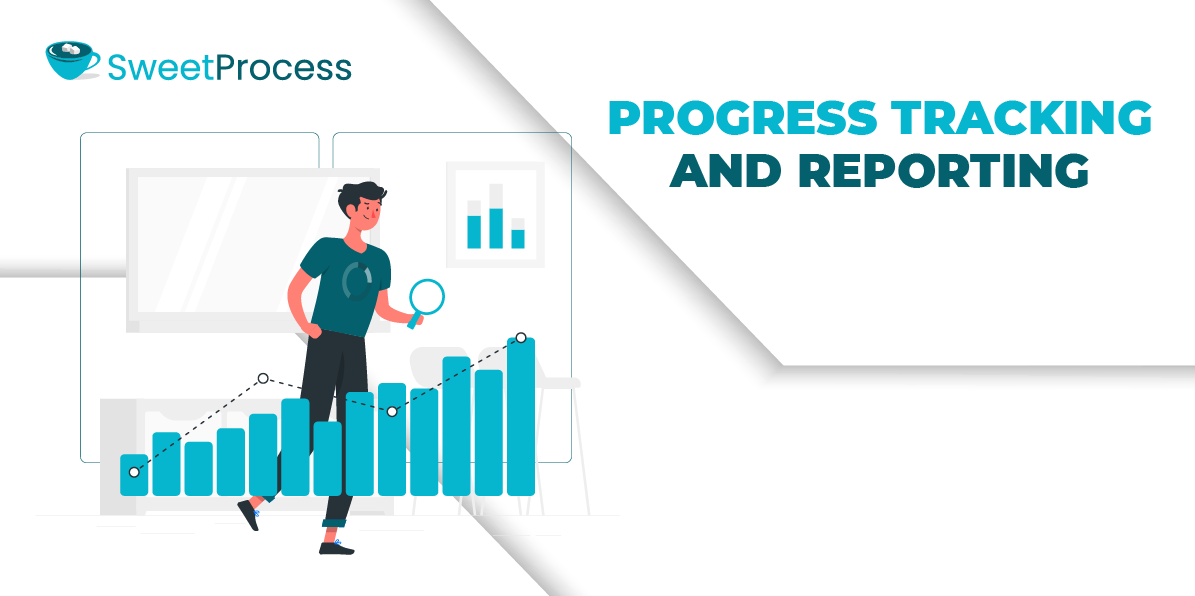
Tracking employee progress lets managers see who’s on track, who may need extra help, and which areas require more attention. With robust reporting features, you can monitor completion rates, scores, and engagement levels, giving you a full picture of how training is progressing across the team.
5) Mobile Accessibility
Mobile access ensures that training can happen anywhere and at any time. For employees on the go or working remotely, mobile accessibility is essential for keeping training flexible and convenient. Look for software that works smoothly on mobile devices so employees can learn at their own pace, wherever they are.
6) Collaboration and Social Learning
Software that enables employees to collaborate—such as through discussion boards, group activities, or real-time chats—encourages social learning. This is especially useful for complex topics, as employees can discuss ideas, share experiences, and learn from one another, creating a more engaging training environment.
7) Customizable Learning Paths
Custom learning paths allow you to tailor training experiences based on employee skill levels or roles. This feature makes it easy to design step-by-step learning journeys, ensuring that employees receive only the training they need in a structured, logical order.
8) Integration With Other Tools
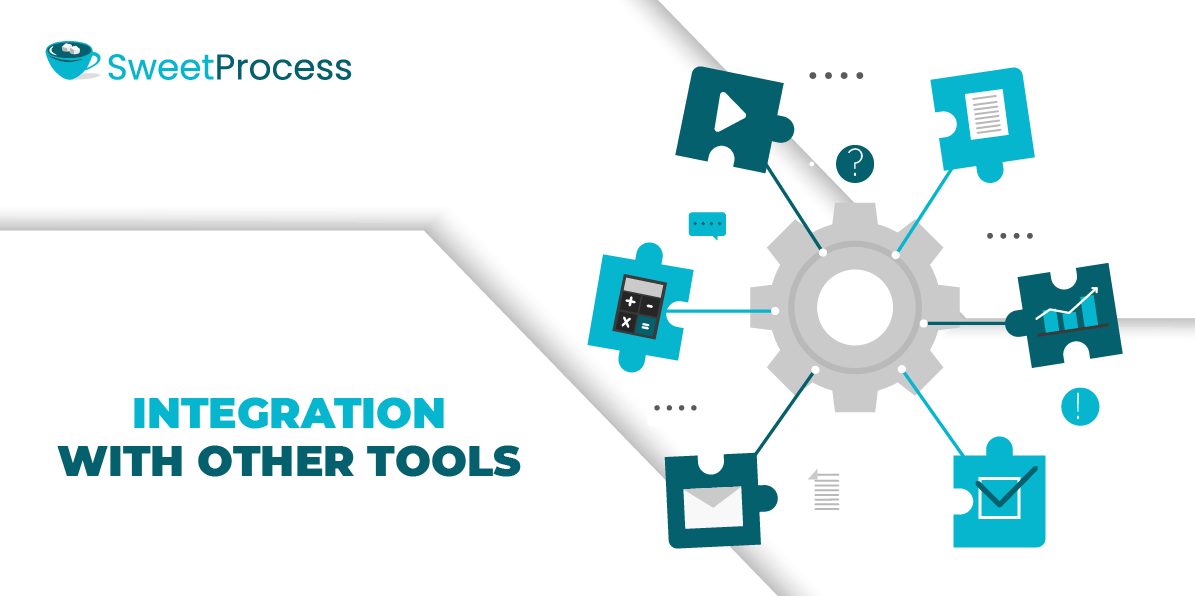
Look for software that integrates smoothly with other workplace tools, such as HR software, project management platforms, or communication apps. This allows for a more seamless experience and can help automate tasks like user management, progress reporting, or adding new hires directly to the training platform.
9) Feedback Collection and Analysis
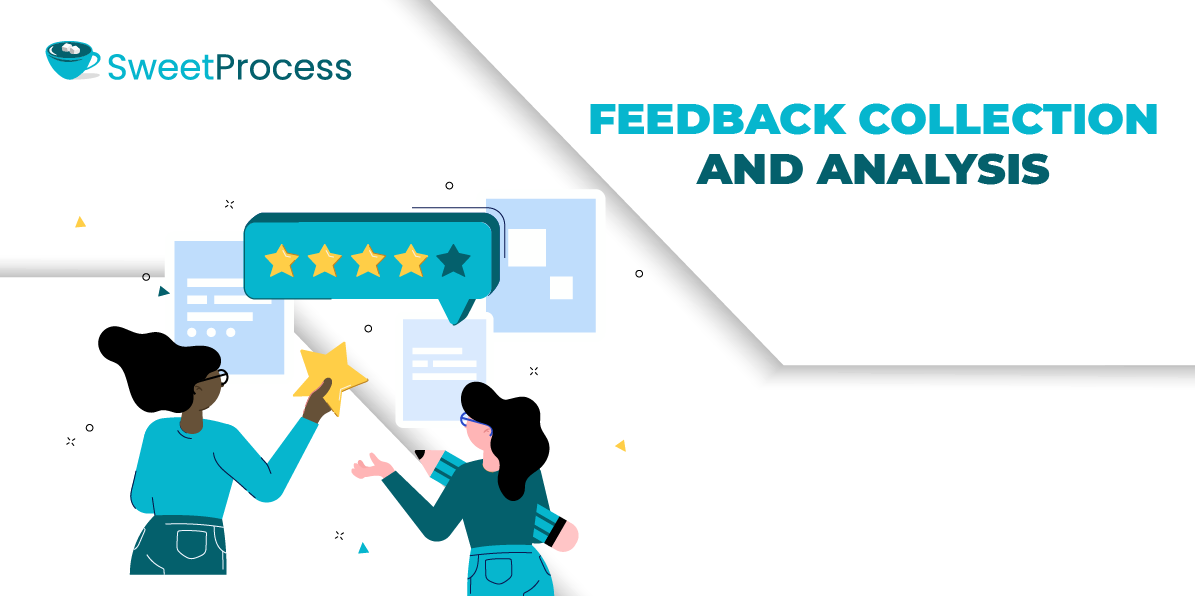
Feedback collection tools allow employees to rate and review training content, providing valuable insights into what works and what doesn’t. This feature helps managers refine the employee training program based on real feedback, making improvements where needed to enhance the learning experience.
10) Security and Compliance Features
Security is needed when handling employee data and sensitive training content. Look for software with strong data protection measures and compliance options, especially if your training includes confidential or industry-specific information. Compliance tracking can also help you meet industry standards and legal requirements, especially in regulated industries.
These core features are what make employee training software effective.
9 Best Employee Training Software
When it comes to training software, finding the right fit for your team means exploring options with the features and flexibility to match your goals.
Here are some of the top tools available, starting with the best in the game to help you get your team trained and ready.
1) SweetProcess
SweetProcess is a cloud-based tool designed to streamline employee training, onboarding, and task management by allowing organizations to create, share, and manage standard operating procedures (SOPs), processes, and policies.
With its user-friendly interface, SweetProcess is ideal for small to medium-sized businesses, HR teams, and training managers looking to build a centralized knowledge base and manage tasks efficiently. The tool’s core features focus on simplifying complex workflows, making it easy to assign and monitor training, onboard new employees, and maintain consistency across operations.
SweetProcess is especially valuable for teams that need a reliable system for documenting workflows, creating step-by-step guides, and assigning training tasks with real-time tracking and feedback capabilities.
How to Create a Procedure for Employees Using SweetProcess
SweetProcess enables users to document step-by-step procedures, ensuring consistency and clarity. To create a procedure:
Step 1: Log in or sign up for a SweetProcess account.
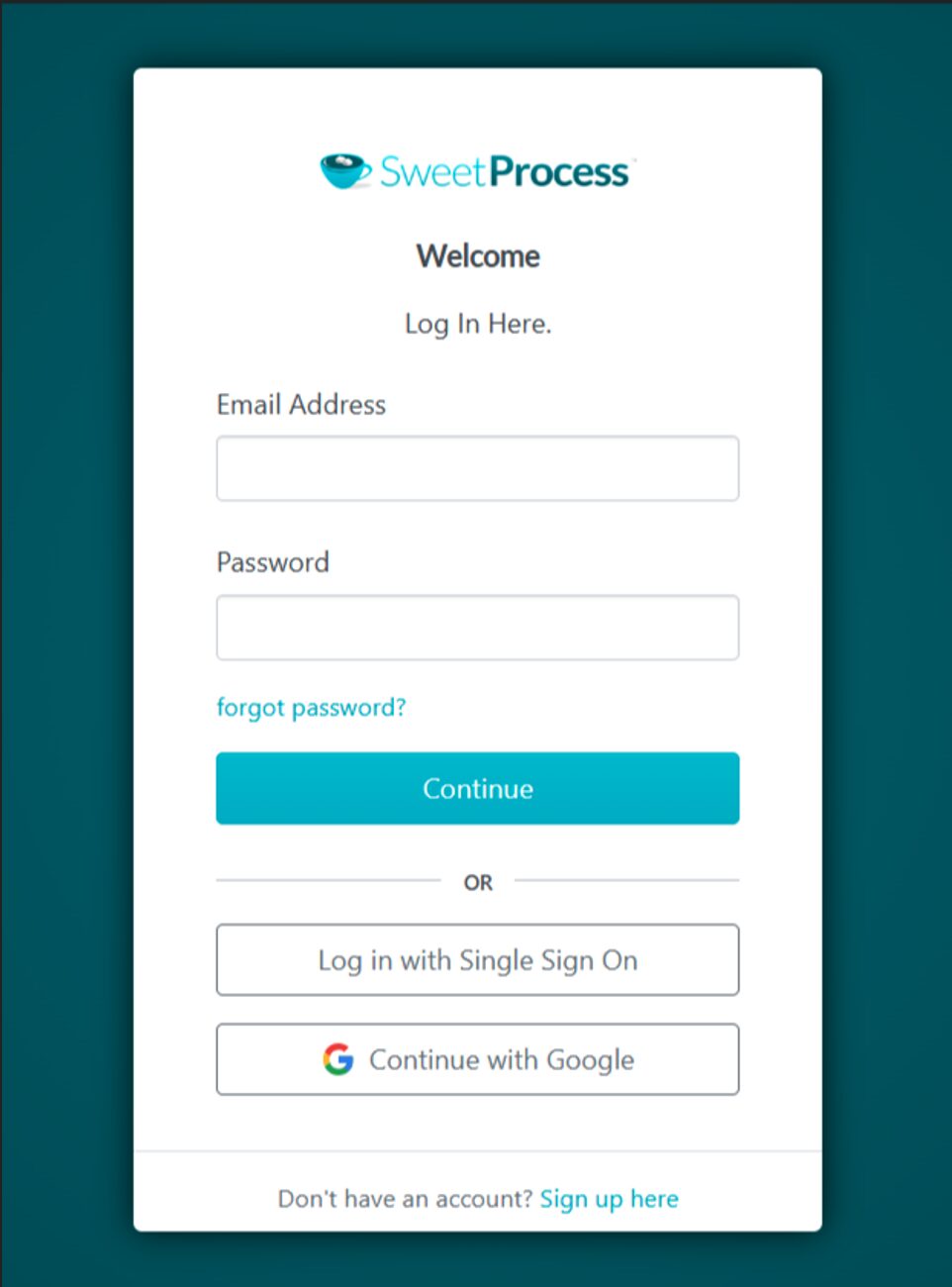
If you are just signing in, you must complete some steps, like adding your team.
If you have a team, you can choose to add them from the start.
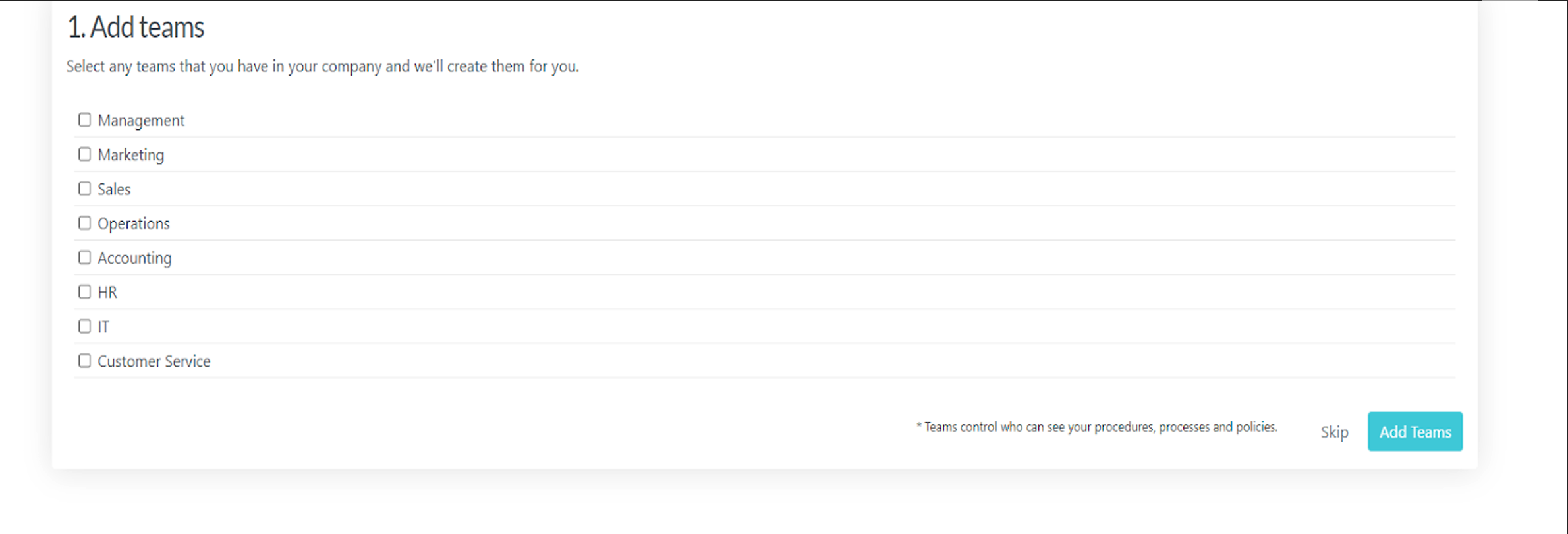
After adding your team, create your procedure, or skip this step until you are logged in.
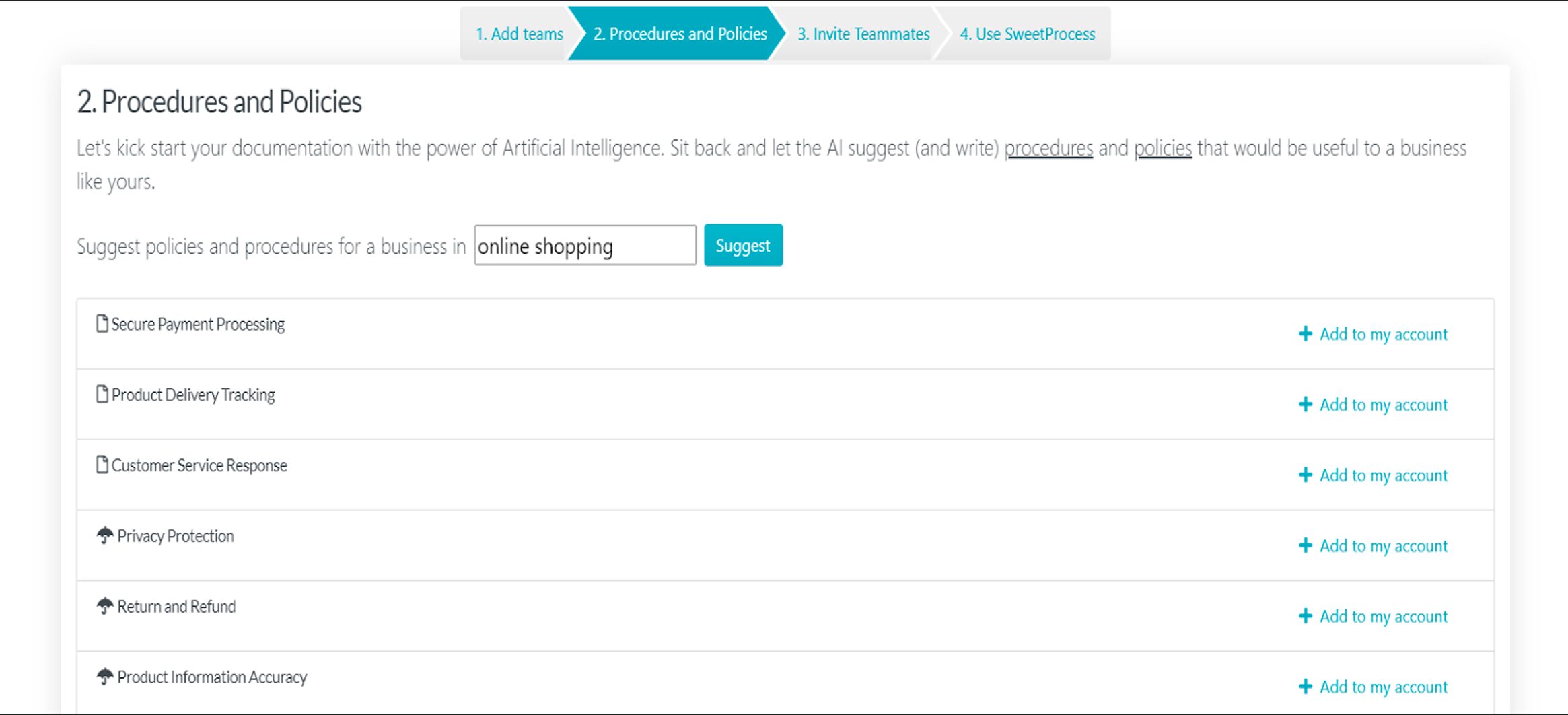
You can also import your already documented process if you have one.
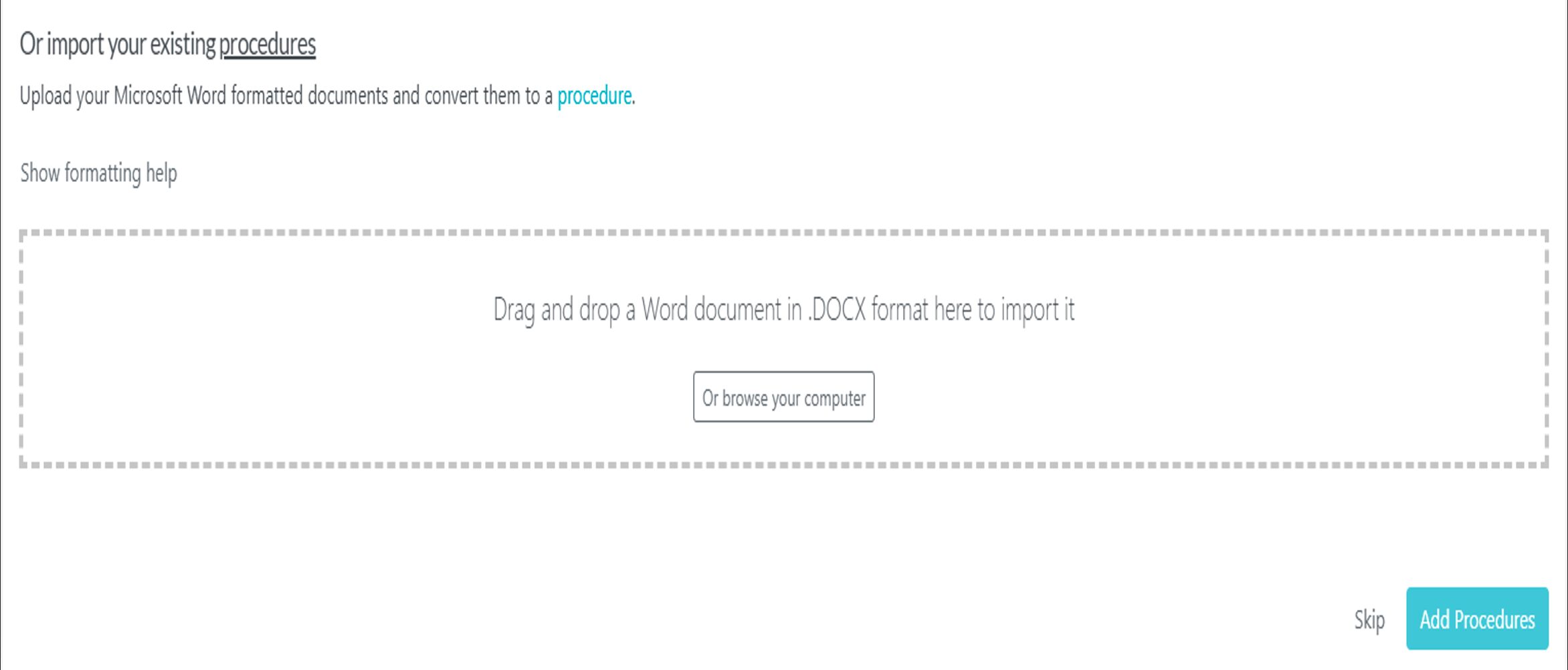
You will be asked to invite your teammates for the last stage.
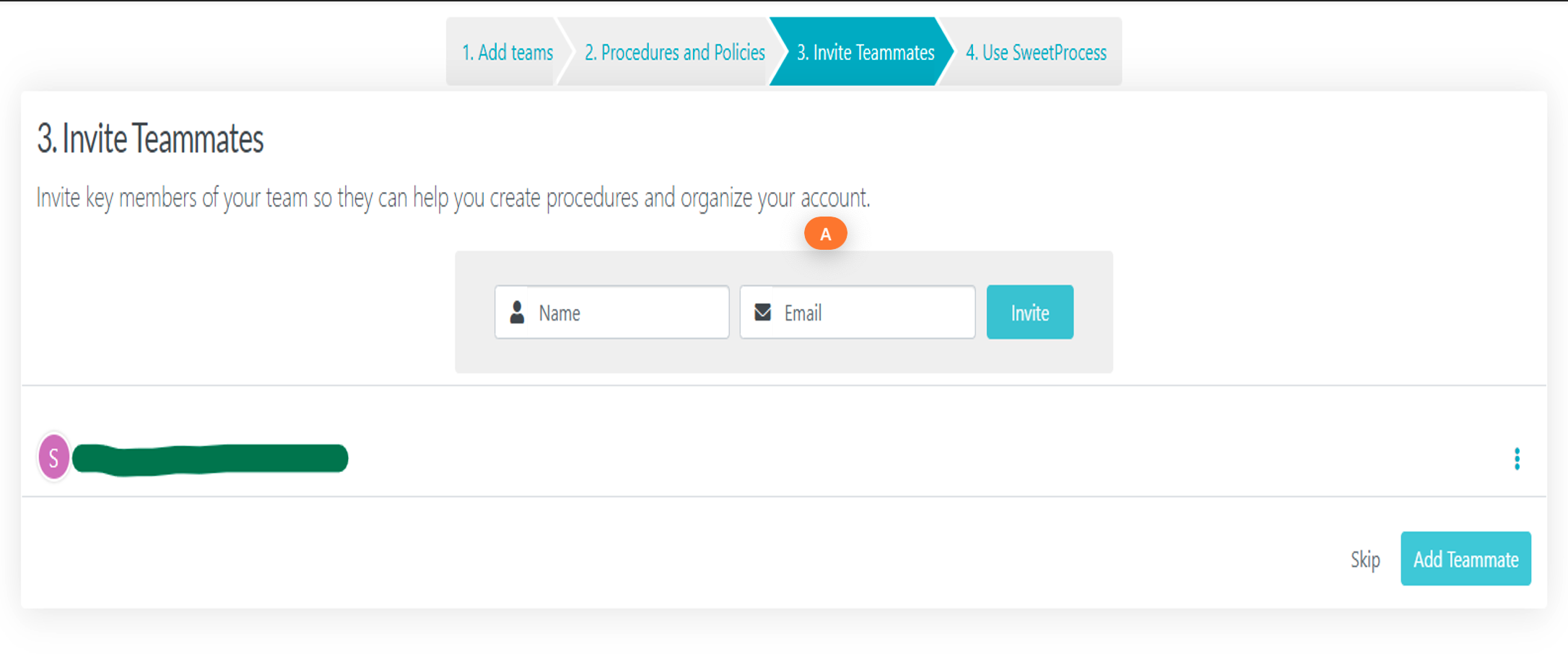
You can always skip these steps and continue with them later.
Once you have signed up or logged in, you can access the dashboard interface.
Step 2: Click “More” to open options and click on “Procedures.”
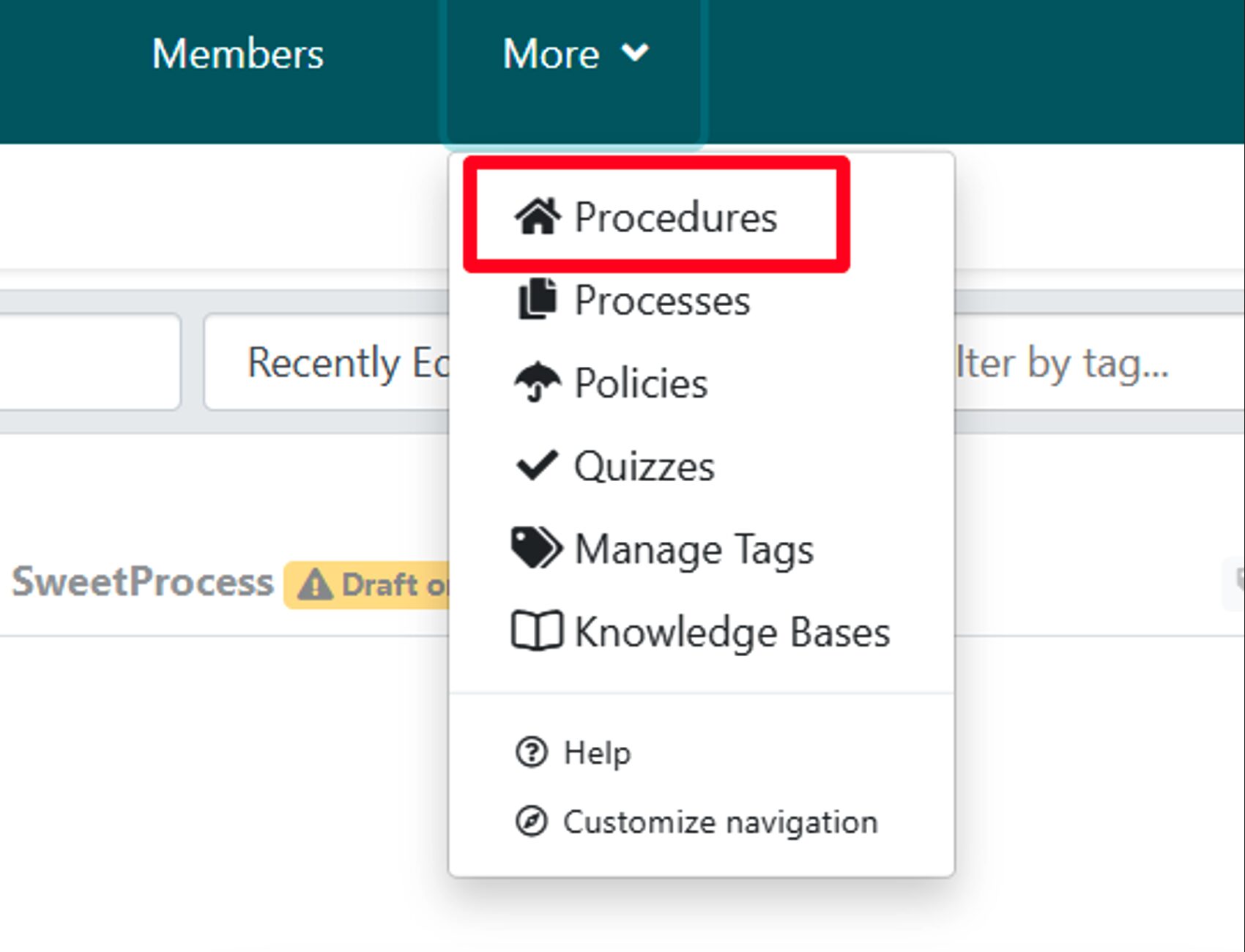

Step 3: Name the procedure, add the procedure to a team or multiple teams, and click “Continue.”

Step 4: Click on the title of the procedure to add a description.
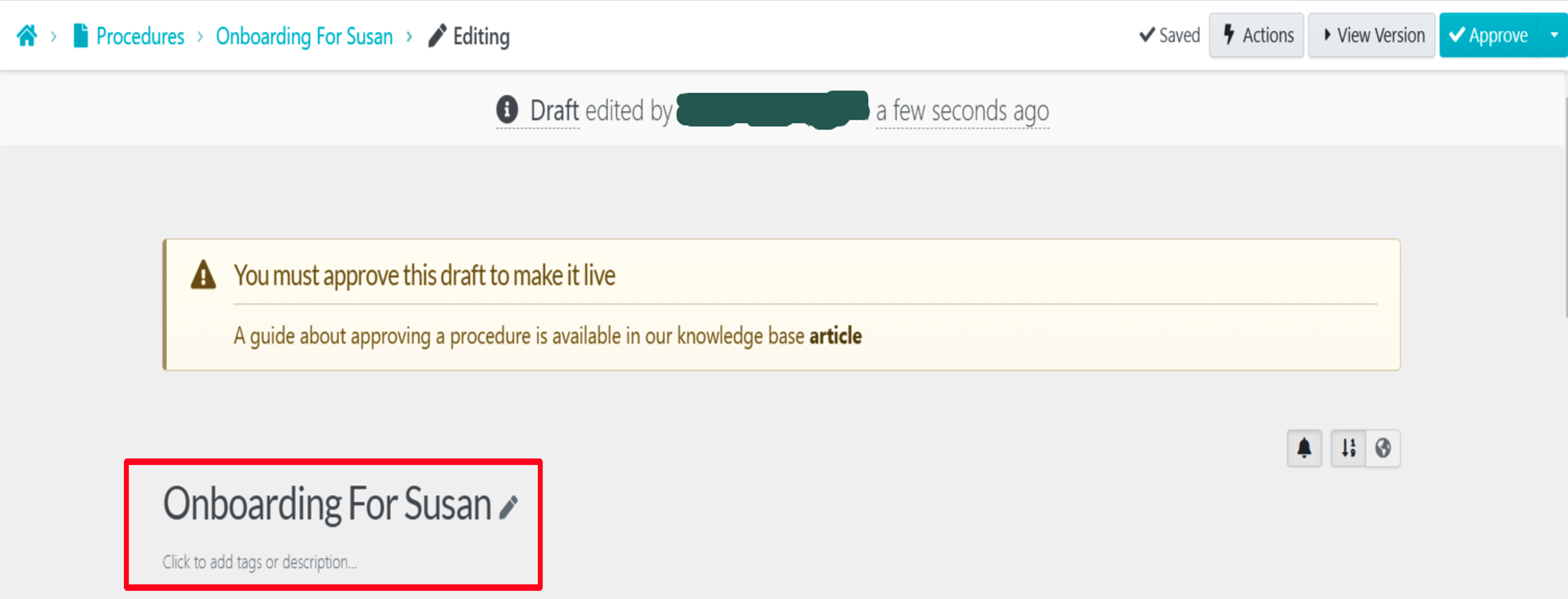
Step 5: Enter tags.
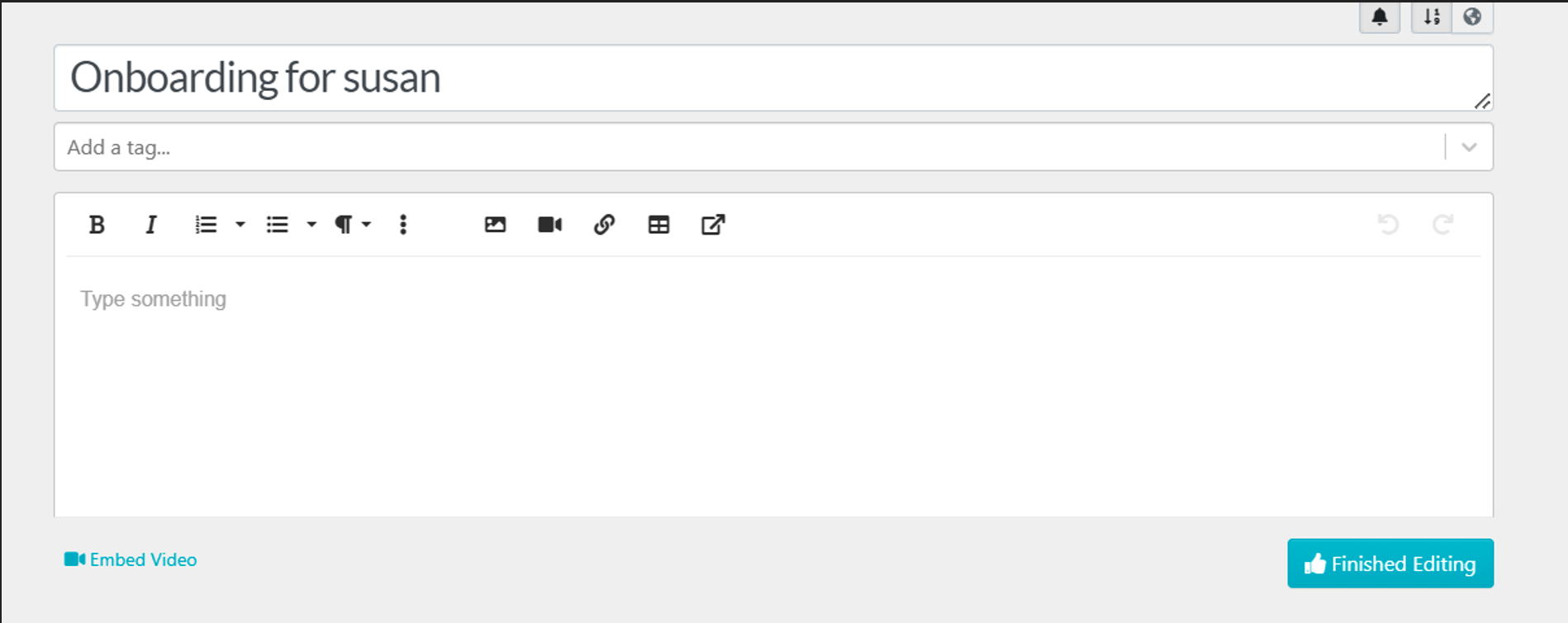
Step 6: Click on the “Add a Step” button.
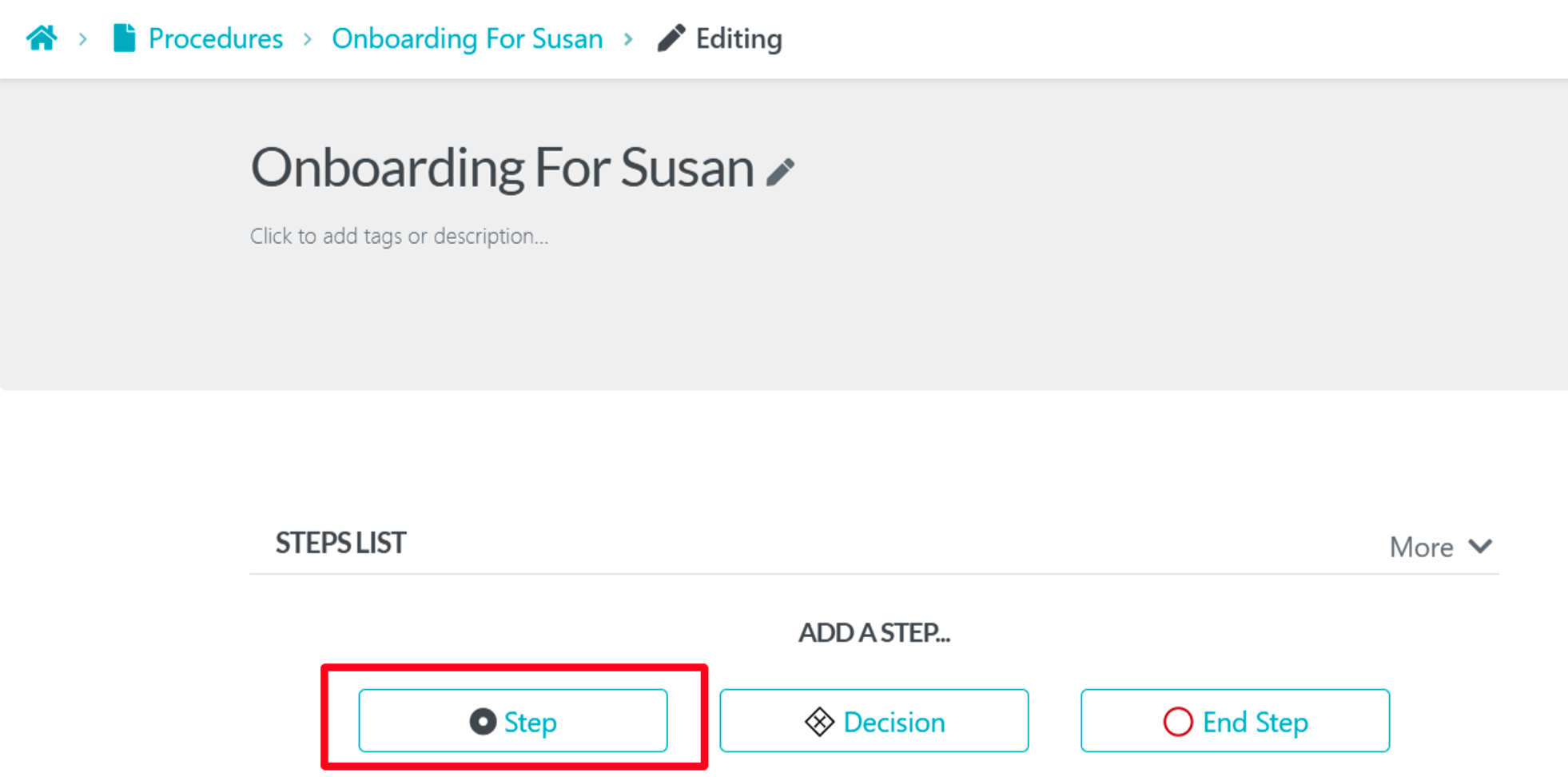
Step 7: Give the step a title and description.
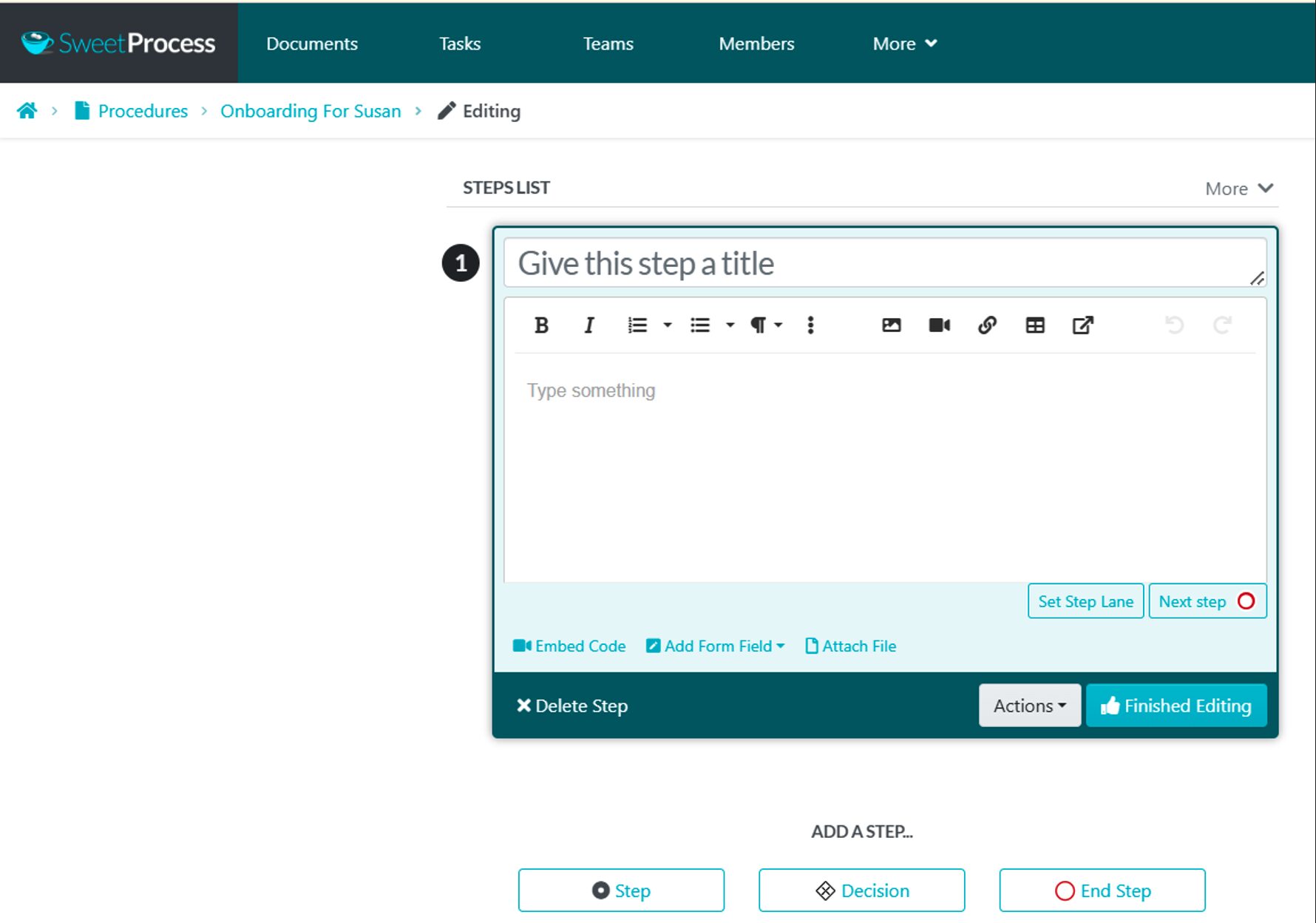
You can even add images, videos, and links to the steps.
Step 8: Click on “Finished Editing” to save.
To insert a new step, click “Add a Step” and follow the same process from steps 6 to 8 to input and save the details. Repeat as needed until you’ve documented all steps in the procedure.
You can view the procedure as a flowchart, as seen below.

Step 9: After editing the procedure, select “Approve” to finalize it as the live version.

Step 10: After all is done, click “Procedures” to return to the dashboard, where you can view and manage all your procedures.
This feature is essential for organizations aiming to standardize tasks and minimize errors, especially during training.
How to Create a Process for Employees Using SweetProcess
Building a process with SweetProcess is straightforward. Processes in SweetProcess are a series of procedures that guide employees through multiple tasks. This is particularly helpful for onboarding, where multiple steps and departments may be involved.
To create a process:
Step 1: Navigate to the “Process” section after logging in to your SweetProcess account.
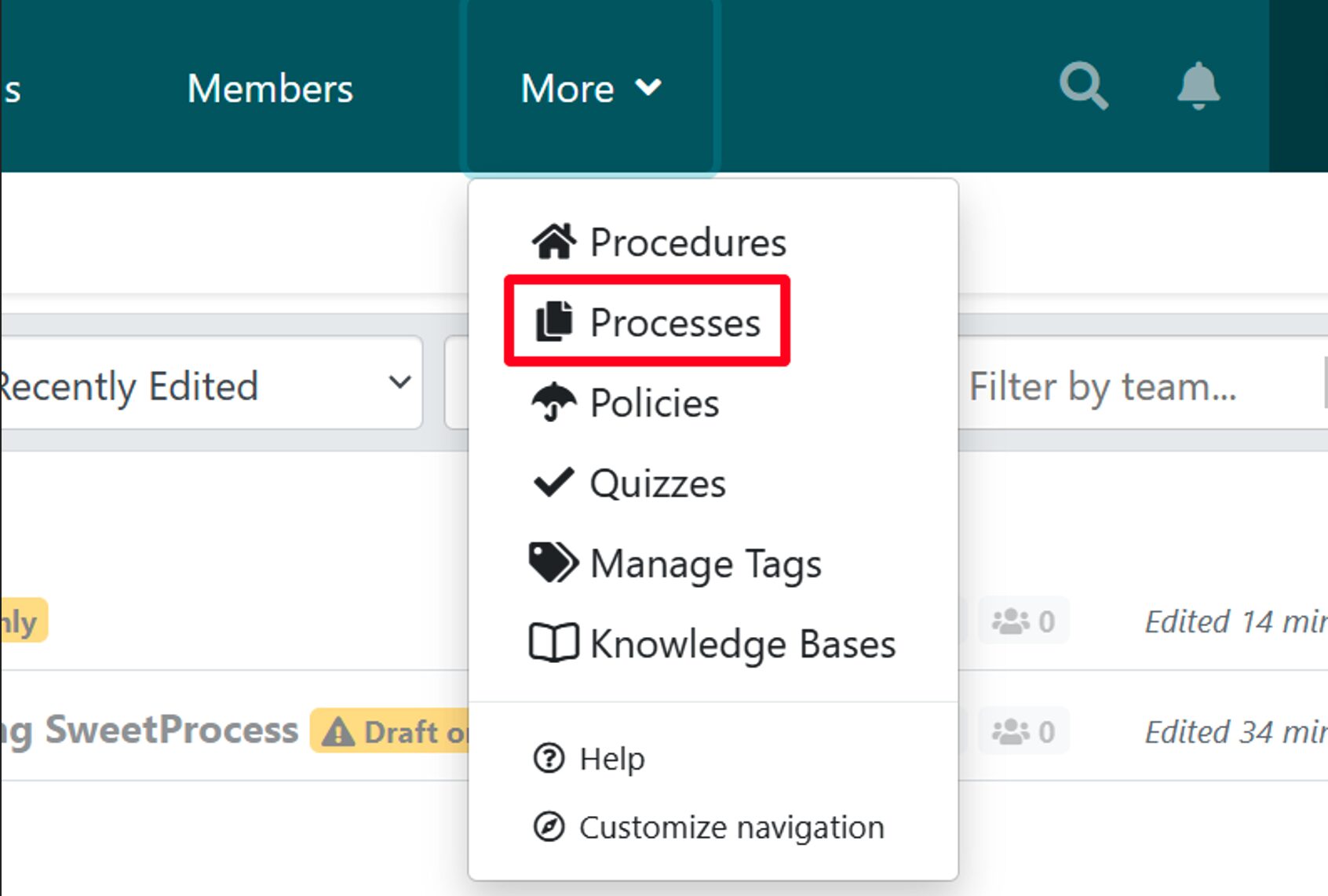

Step 2: Enter the desired process name.

Step 3: Select the team(s) responsible for the process and click “Continue.”
Step 4: Click the process title and add a comprehensive description.
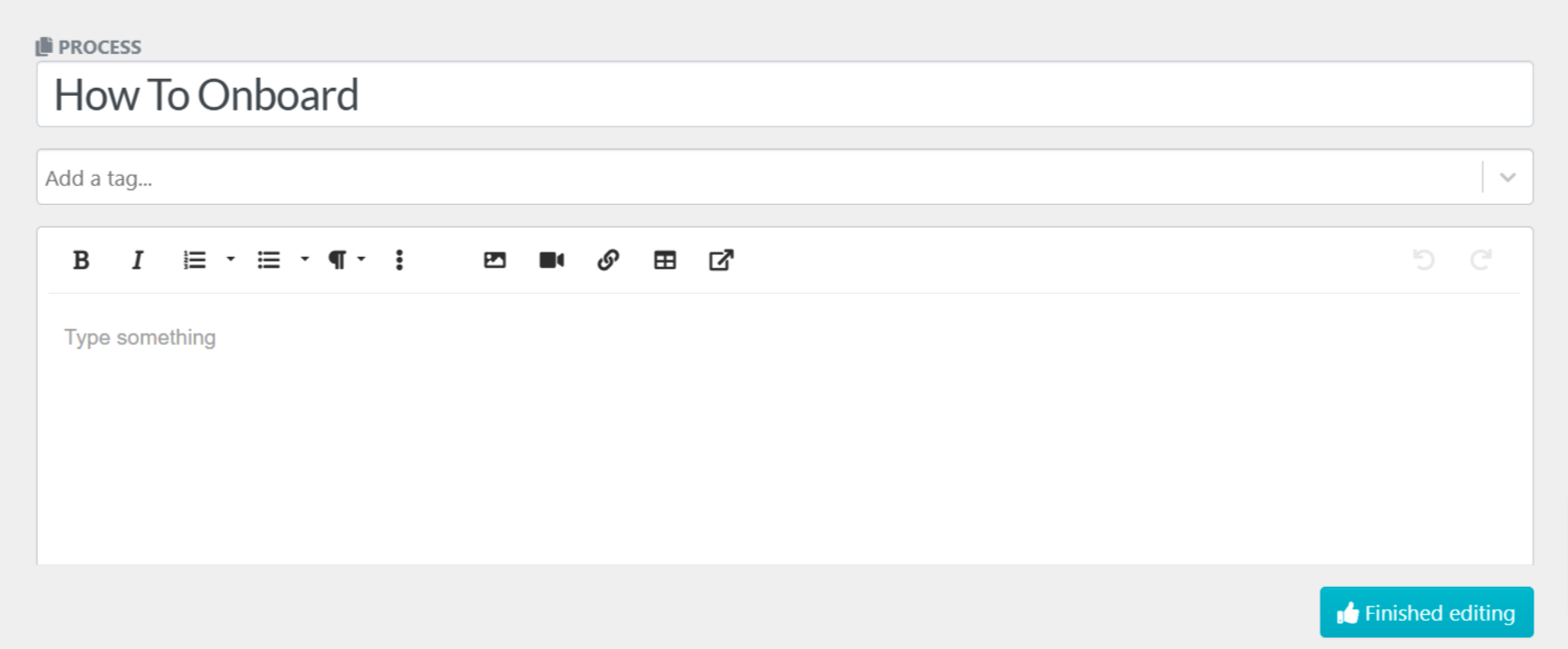
How to Build a Knowledge Base for Employees Using SweetProcess
SweetProcess also allows organizations to create a knowledge base—a centralized repository for all essential documents, SOPs, and policies. With an easily searchable knowledge base, employees can quickly access the necessary information, reducing the time spent looking for resources and boosting productivity.
To set up a knowledge base:
Step 1: Click on the “More” dashboard link to reveal a drop-down menu.

Step 2: Click on the “Knowledge Bases” button.
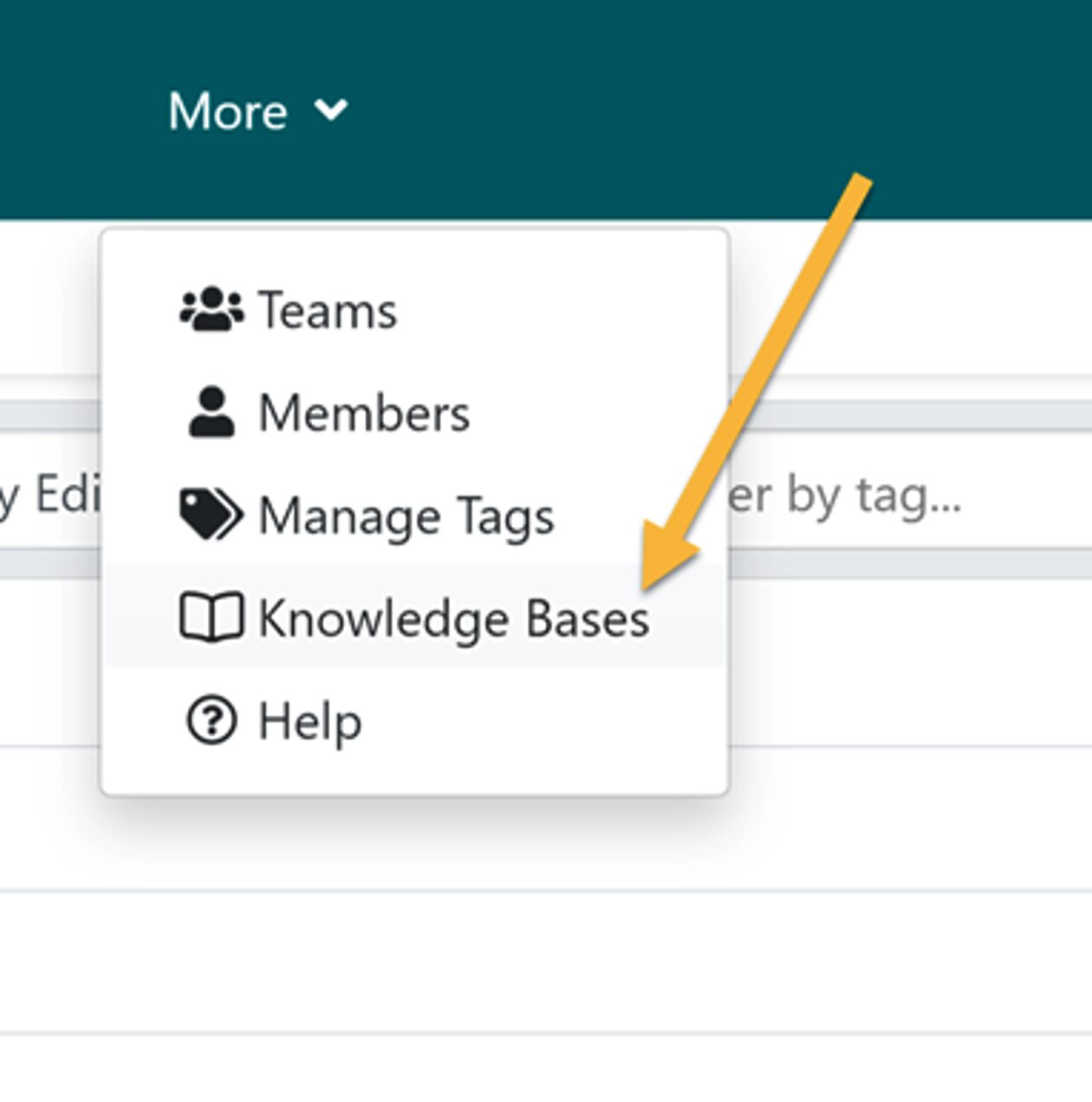
Step 3: Once the new page loads up, click the “Create Knowledge Base” button.

Step 4: Enter the title of your knowledge base and click the “Continue” button.

How to Embed Images, Tables, and Videos Into Your Training Manual With SweetProcess
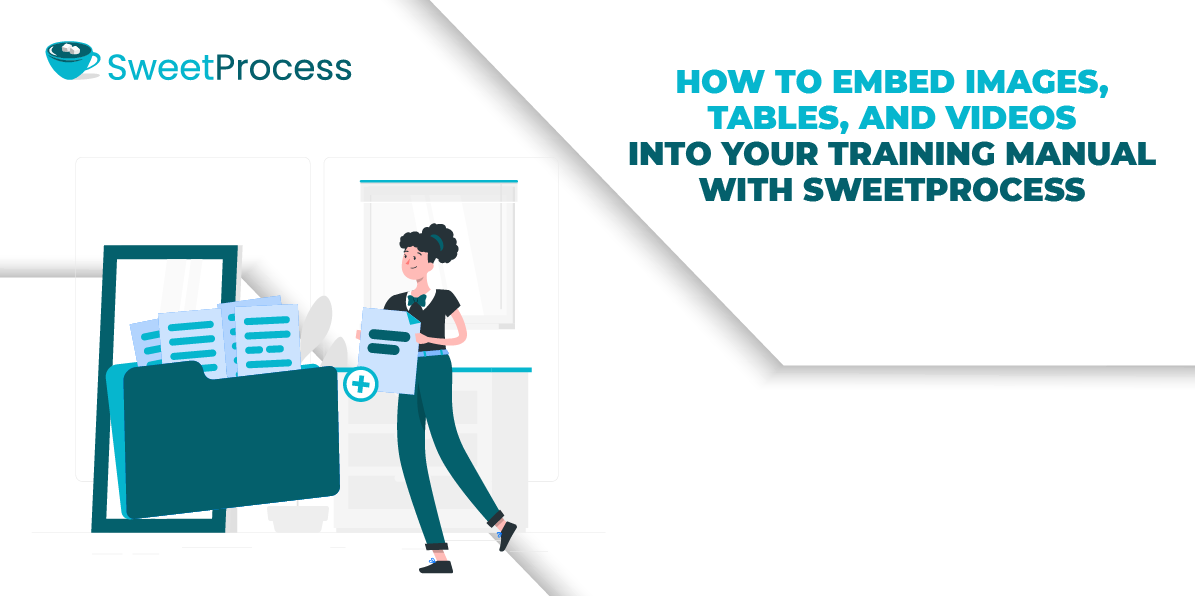
Visual aids are essential for training manuals. SweetProcess makes enhancing instructions with images, tables, and videos simple. You can embed these elements within any document, making your training materials more engaging and accessible.
To start:
Step 1: Go to the procedure or process you want to edit or create a new one using the steps highlighted earlier.
Step 2: In the editor, you’ll find icons representing images (shown below), videos, tables, and even links.

Step 3: Navigate to the icon you are interested in and click on it.
You can also use the drag-and-drop feature to add images in the editor. Simply drag your chosen image file from your computer and drop it into the desired area of the document.
Once you’ve embedded all your images, videos, tables, and attachments, save the document. Don’t forget to review it to ensure everything is correctly placed and formatted.
How to Assign Training Tasks to Employees on SweetProcess
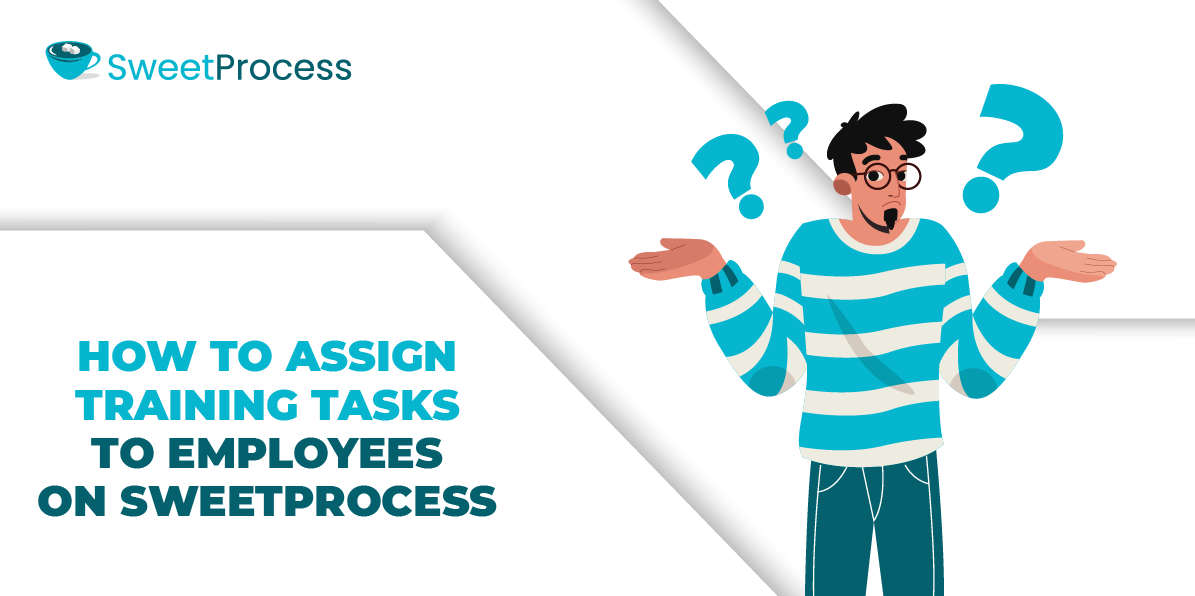
Assigning tasks is simple with SweetProcess, allowing managers to monitor individual or team progress.
Step 1: Go to the task you wish to assign, located under either “Procedures” or “Process” on your SweetProcess dashboard.
Step 2: Click the three-dot icon next to the selected item.
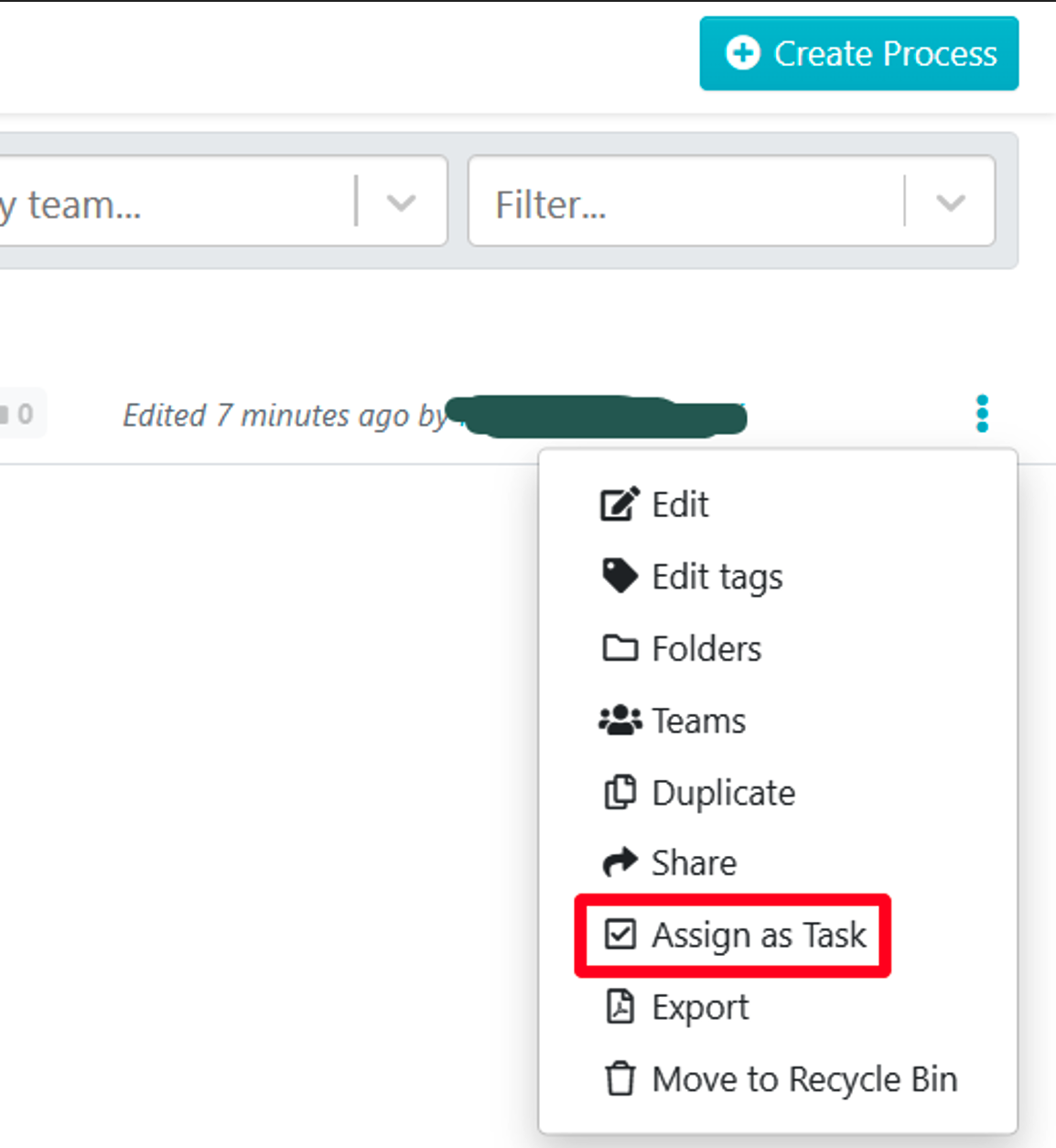
Step 3: Choose “Assign as Task” from the dropdown menu.
Alternatively, you can assign tasks from the “Actions” menu while viewing the procedure or process in detail.
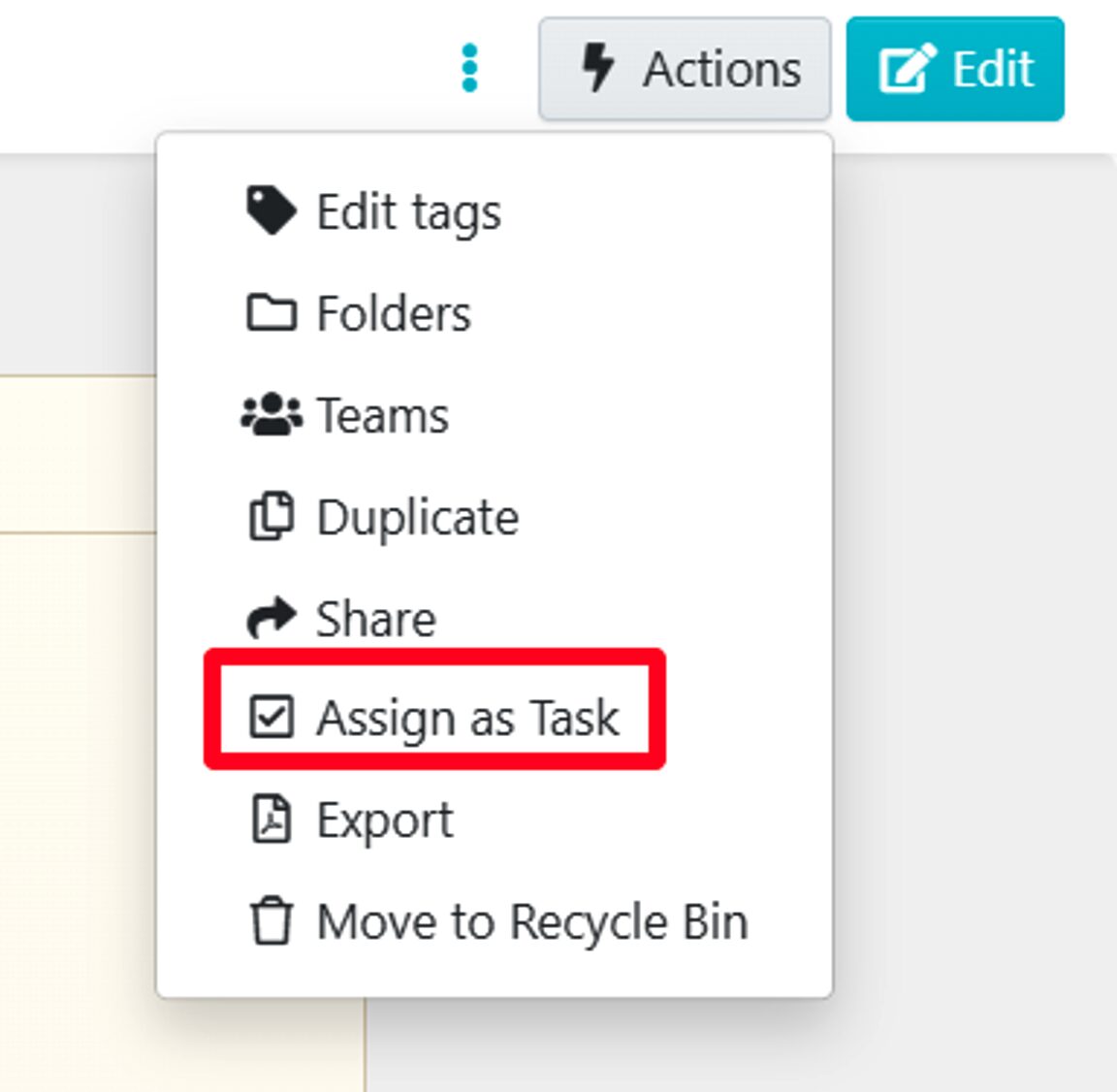
Step 4: Choose whether to assign a single task to one team or multiple tasks to several team members.
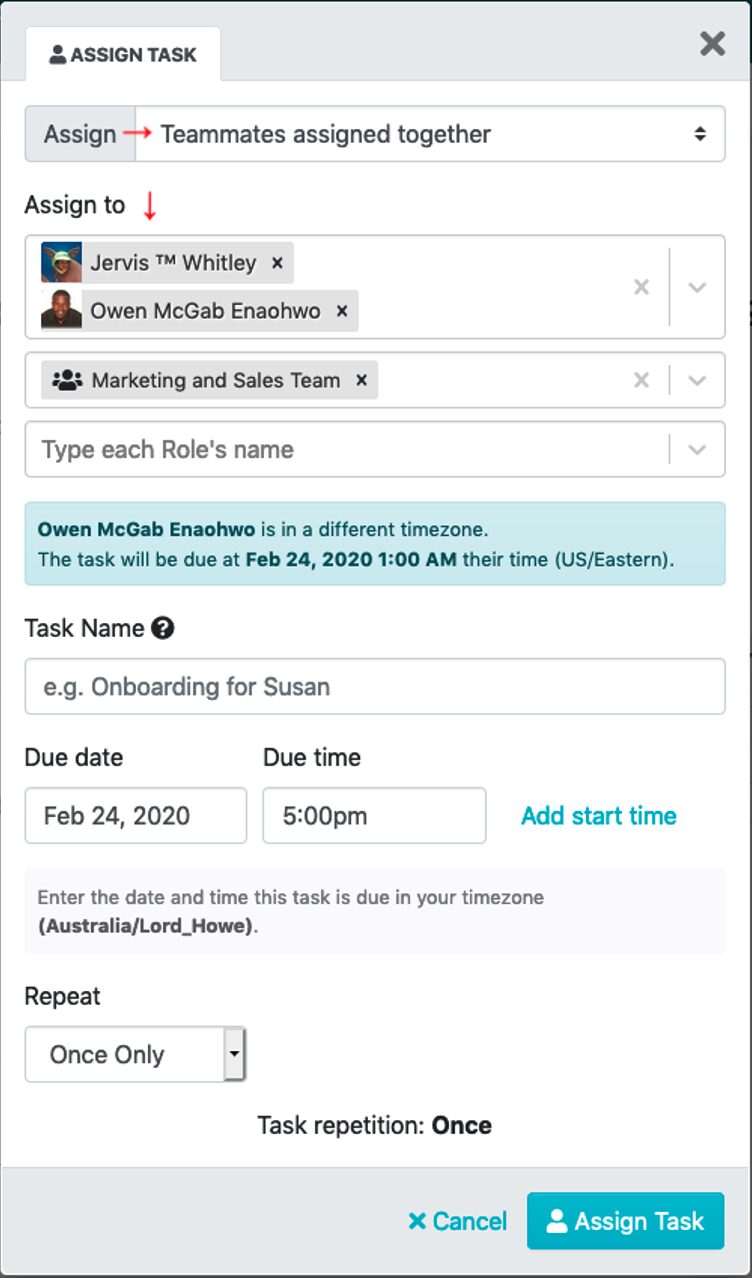
Step 5: Select the teammates you want to assign the tasks to.
Step 6: Provide task specifics, including the start date and deadline. You can also allow teammates to start the task earlier if needed.
By default, tasks are set as one-time, but you can configure them to recur (e.g., every third Friday of the month, weekly, etc.) according to your needs.
Step 7: After entering all the necessary details, assign the task.
Both you and your team members will receive updates on task progress, such as overdue alerts, completion notifications, and reminders for upcoming tasks.
How to Monitor the Progress of Employees’ Training Using SweetProcess
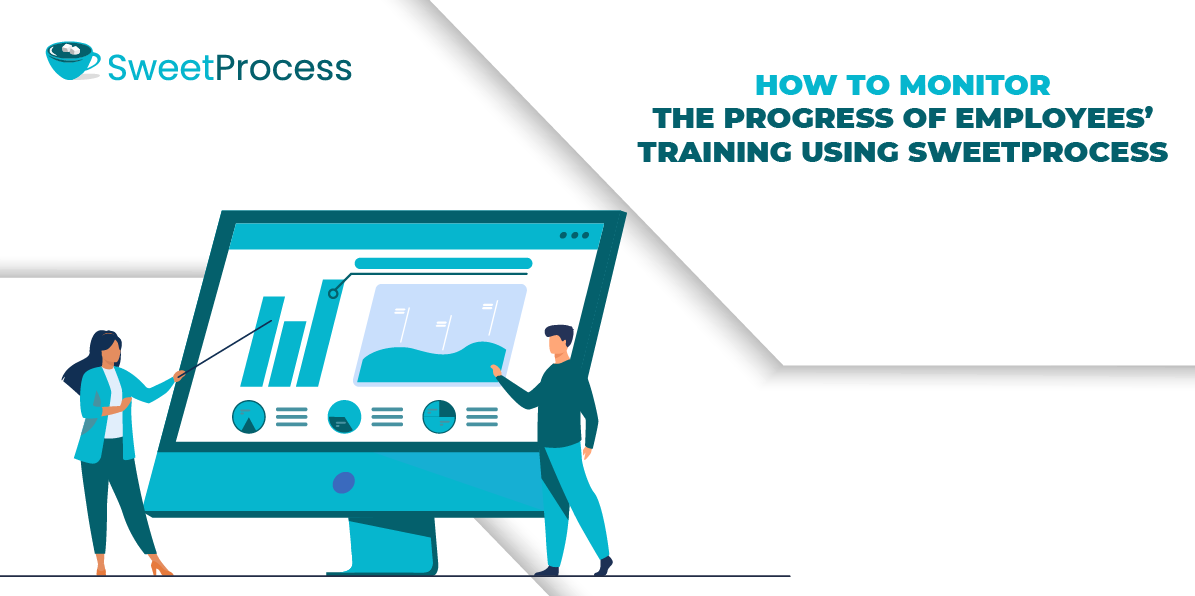
SweetProcess includes tracking features that allow managers to monitor each employee’s training progress in real time. You can present your tasks in a checklist format, as seen below. This makes it easier to track progress as employees go through the procedures.
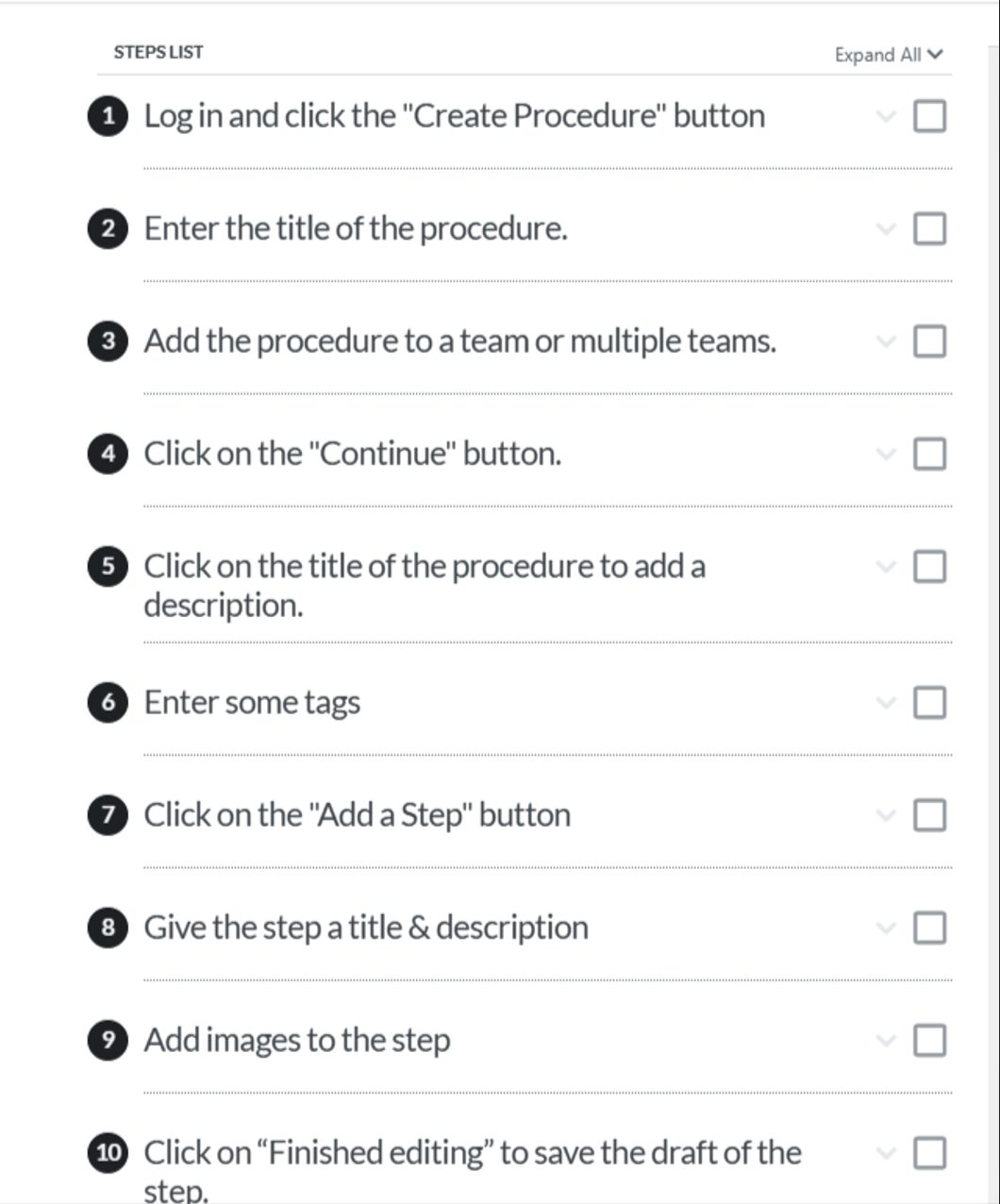
This insight helps managers identify areas for additional training or where an employee excels, enabling a proactive approach to employee training and development.
How to Collect Feedback From Employees on SweetProcess
Feedback is crucial for improving training. SweetProcess enables teams to collect insights directly from employees.
Step 1: While viewing a procedure, click the comment bubble icon.
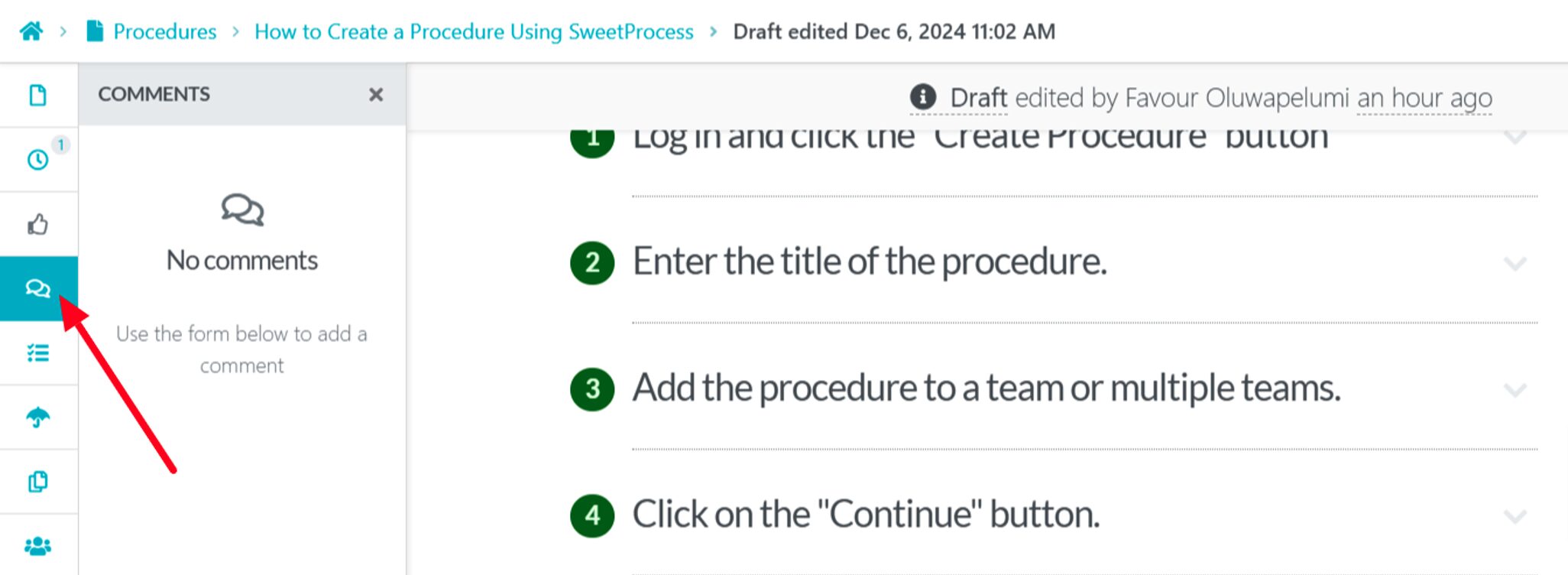
Step 2: Type your comment in the provided field and click the paper plane icon to submit.
Managers and others who have previously commented on the procedure will be notified of your comment. Notified employees can respond within SweetProcess or directly by replying to the email notification to add a new comment.
Many organizations, like Benchmark Wealth Management, have reaped significant benefits by integrating SweetProcess into their workflows. Faced with inconsistency and inefficiency in training and daily operations, Benchmark Wealth Management turned to SweetProcess to standardize procedures, streamline onboarding, and improve staff independence.
As a result, the firm achieved operational clarity and empowered its employees to work more autonomously, reducing reliance on supervisors for guidance.
You can also make your business a part of our success story.
2) TalentLMS
TalentLMS is a well-rounded learning management system (LMS) built to simplify and enhance employee training. With an intuitive drag-and-drop interface, TalentLMS makes setup and management effortless for administrators while offering a seamless experience for learners.
This platform, known for its customization options and multi-brand support, allows companies to set up independent training portals. It is ideal for businesses with multiple brands or those training internal teams and external partners.
Features:
- AI-powered content creation, supporting multimedia like videos and quizzes.
- Gamification tools like badges and leaderboards to boost employee engagement.
- Integrated video conferencing for in-person and online sessions.
- Custom-branded sub-accounts for different teams or departments.
- Built-in e-commerce and access to a premade course library.
- Available on mobile with iOS and Android apps.
Pros:
- Enables multiple accounts, each with its style and branding.
- Unlimited file storage, multiple admins, and extensive user group management.
- Comprehensive content creation options, including interactive quizzes and video.
Cons:
- Advanced support, such as live chat, is only available with Premium plans.
- Problems with uploading images, suggesting unresolved bugs in the system.
- Customization features might require expertise.
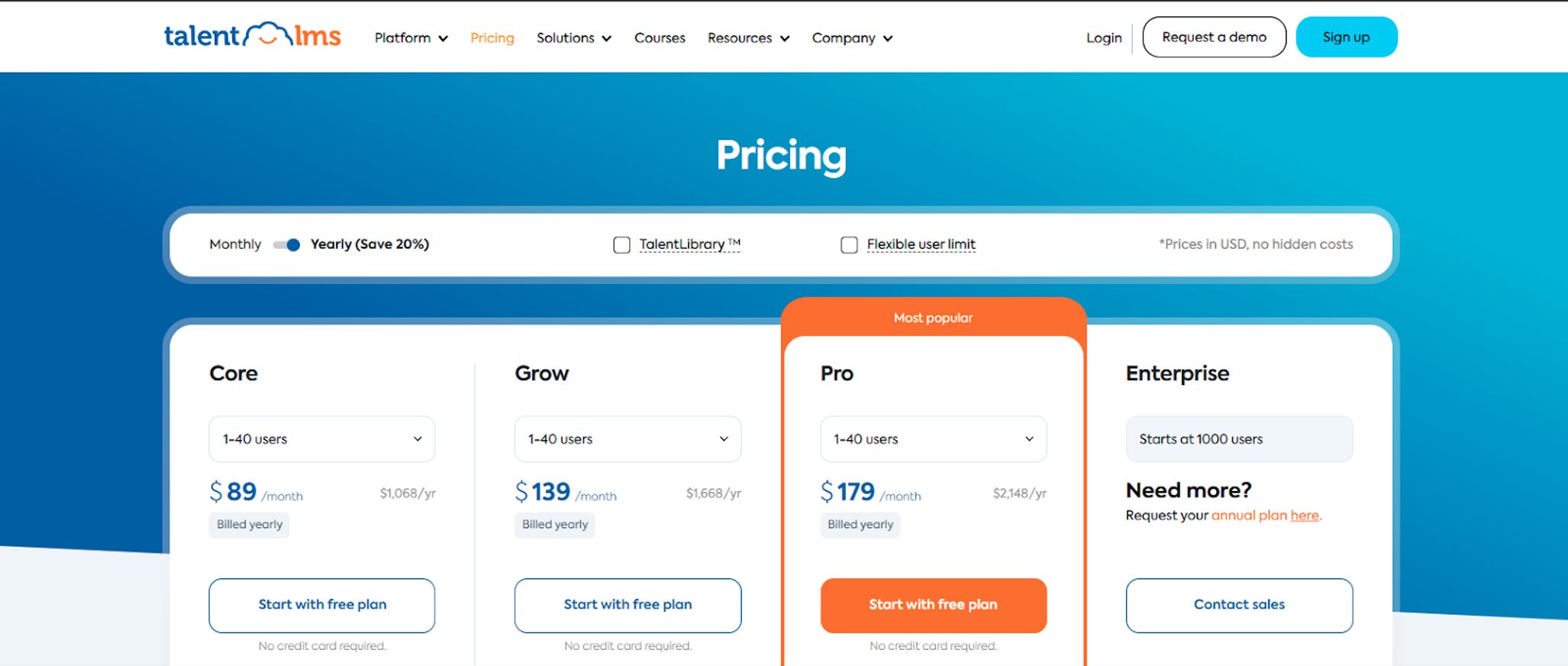
Pricing:
TalentLMS offers several plans based on the number of users:
- Core: $89/month (billed annually) for up to 40 users
- Grow: $139/month (billed annually) for up to 40 users
- Pro: $179/month (billed annually) for up to 40 users
- Enterprise: Custom pricing starting at 1,000 users (contact sales for details)
TalentLMS also includes a free plan option, allowing small teams to get started with limited features and allows up to five users.
3) Forma LMS
Forma LMS is a free employee training management software for corporate training. It was created as a spin-off of the Docebo LMS and is designed to be flexible and customizable so companies can build training programs that fit their needs.
Features:
- Supports multimedia formats like SCORM and HTML for diverse training content.
- Automates course certificates with customizable PDF templates.
- Custom reporting for tracking learner progress.
- Plugin support for integrations and system extensions.
- Works with various types of content, such as SCORM, xAPI, and video.
- Includes built-in e-commerce to sell courses and tools to organize courses and create learning paths.
Pros:
- Supports multiple clients, each with its own look and template to match different organizations.
- Custom tools for making reports, with options to schedule and send them automatically.
- Flexible user management with roles and group assignments.
Cons:
- The platform’s initial setup is time-consuming, its documentation and support resources are often outdated, and certain customizations require advanced technical skills.
- May have a learning curve for administrators unfamiliar with open-source systems.
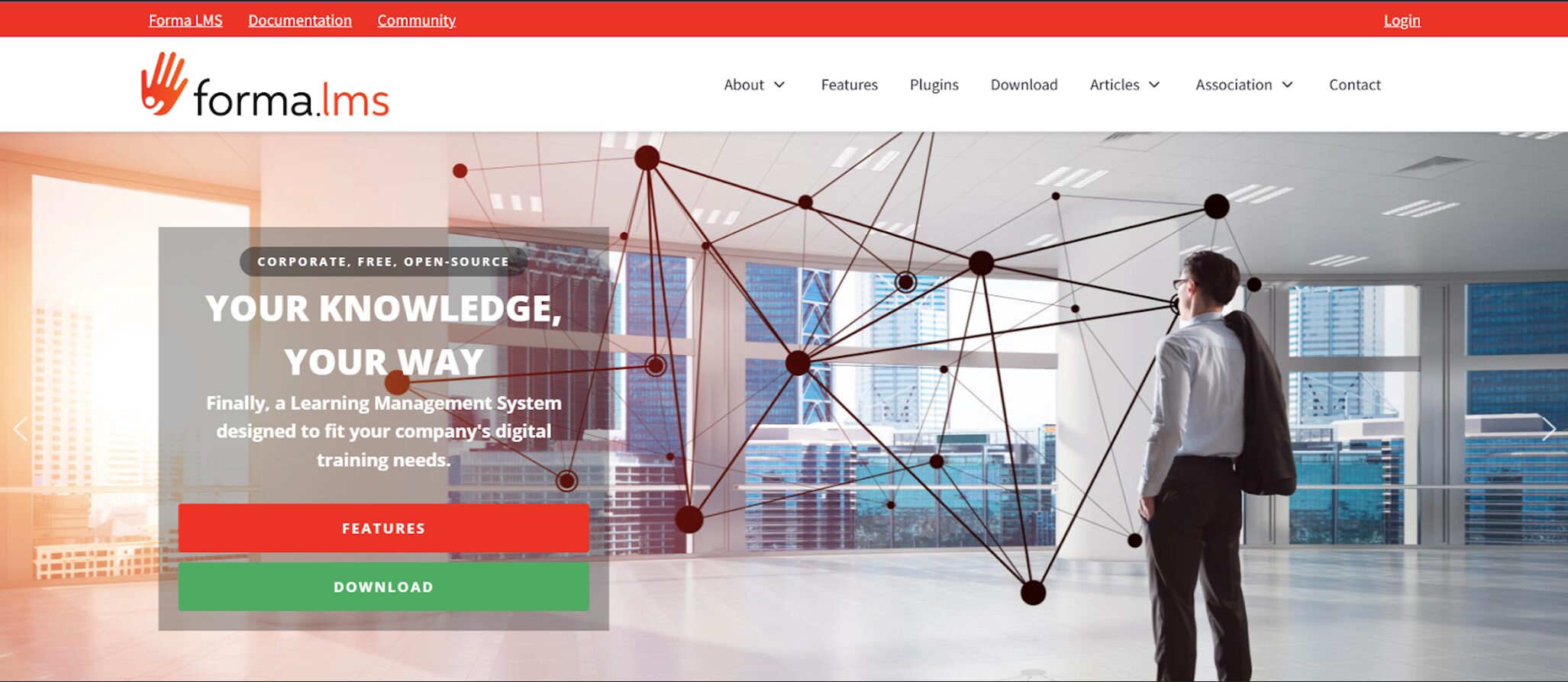
Pricing:
Forma LMS is available as a free, open-source platform. Additional features and support may be available through plugins or contributions to the Forma LMS association, which supports the ongoing development of the software.
4) ClickHelp
ClickHelp is an all-in-one tool that uses AI to help create, host, and share technical documents. With an easy-to-use interface and strong teamwork tools, ClickHelp makes it simple to manage documents like user manuals, API guides, knowledge bases, and online tutorials.
Features:
- Centralized portal for all documentation types, including manuals and knowledge bases.
- Simple content migration from MS Word, HTML, and other formats.
- Flexible role-based permissions for team collaboration.
- A customizable reader interface with templates and feedback integrations.
- Detailed analytics and secure hosting with automatic backups.
- Integrations with tools like GitHub, Jira, Slack, MS Teams, and Zapier.
Pros:
- A single platform to manage documents, such as technical guides, API docs, and knowledge bases.
- Strong teamwork tools for working across departments with flexible permission controls.
- Safe hosting with high reliability, data encryption, and SOC2-certified data centers.
Cons:
- It is expensive, making it less accessible for small businesses or startups with limited budgets.
- Users must upgrade to a more expensive plan to access essential features like API documentation tools.
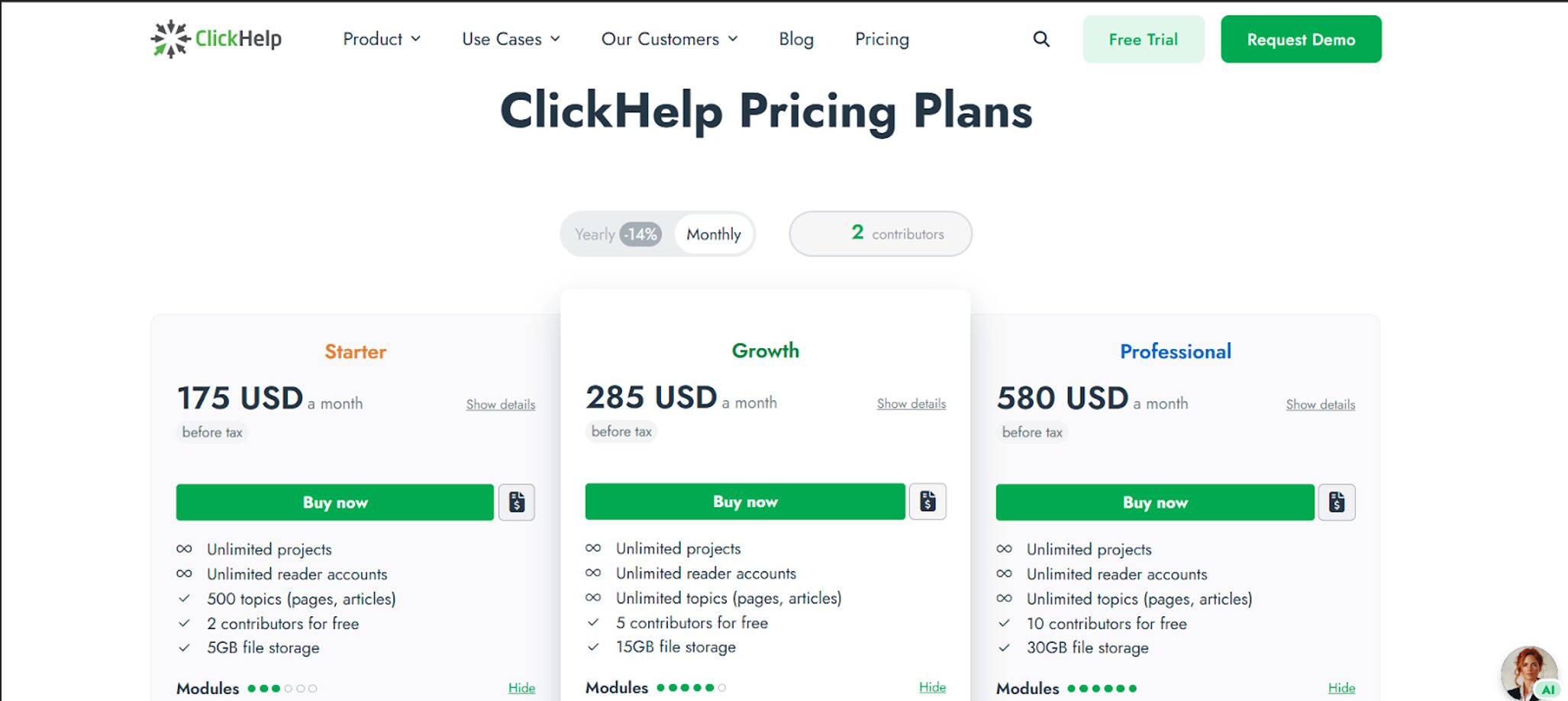
Pricing:
ClickHelp offers several pricing plans:
- Starter: $175/month for up to two contributors, unlimited projects, 500 topics, and 5 GB storage
- Growth: $285/month for up to five contributors, unlimited topics, and 15 GB storage
- Professional: $580/month for up to ten contributors, unlimited topics, and 30 GB storage
- Enterprise: Custom pricing with additional features and storage upon request
ClickHelp offers a free trial that allows users to explore its features before committing to a paid plan. Additionally, startups can access a Startup Special with a 50% discount on their first year, making it more affordable for small teams to access enterprise-grade features.
5) AdaptiveU
AdaptiveU is a simple, cost-effective learning management system (LMS) designed to help teams and organizations create, deliver, and track training courses. Tailored for small to medium-sized teams, AdaptiveU offers simplified course creation tools with options to add training videos, documents, and quizzes. The platform supports various training needs, from employee onboarding to compliance training, and empowers teams to learn at their own pace.
Features:
- Multimedia course creation with video, documents, and quizzes.
- Custom learning tracks for onboarding and training paths.
- Progress tracking and analytics on paid plans.
- Role management to organize users by access level.
- Google sign-in and branded employee learning experiences.
Pros:
- Affordable pricing plans, including a free tier for small teams.
- Straightforward course creation with support for multimedia content.
- Flexible access options, including Google sign-in.
Cons:
- Lacks advanced features for larger organizations or complex training needs.
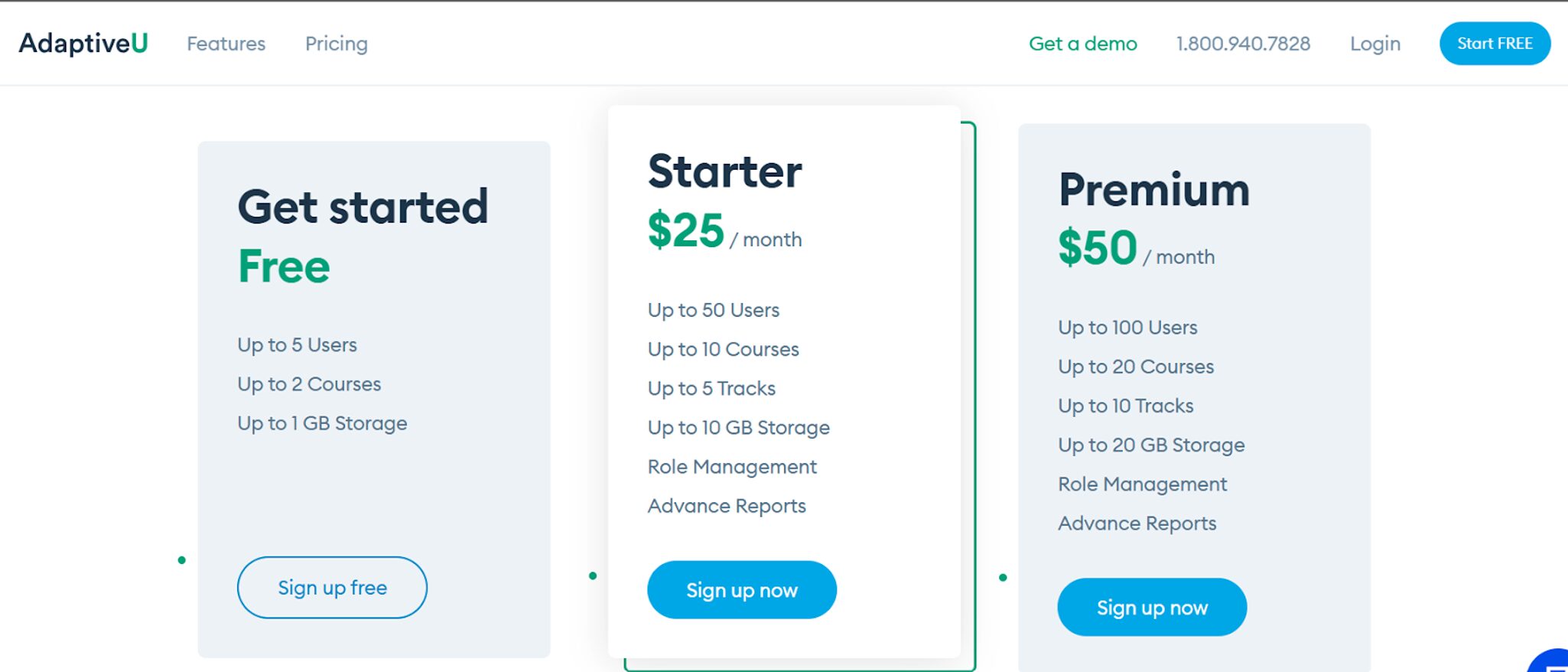
Pricing:
AdaptiveU offers three pricing plans:
- Free: Supports up to five users, two courses, and 1 GB of storage.
- Starter: $25/month for up to 50 users, ten courses, five tracks, 10 GB storage, role management, and advanced reports.
- Premium: $50/month for up to 100 users, 20 courses, 10 tracks, 20 GB storage, role management, and advanced reports.
6) Coggno
Coggno is a versatile learning management system (LMS) and online training marketplace that connects content creators, HR organizations, and employees. Designed to simplify training and certification, Coggno provides an extensive library of courses for compliance and professional development across various industries. With a cloud-based platform, companies can access high-quality training resources without upfront costs, making it ideal for businesses seeking flexible training management options.
Features:
- Free SaaS-based training hub with flexible purchasing options.
- An extensive training course library covering compliance requirements in various US states.
- Customizable branding options and integration capabilities.
- Advanced course management and training tracking software.
Pros:
- No upfront costs, making it budget-friendly for companies of all sizes.
- Allow companies to buy only the necessary training, making it cost-effective and adaptable.
Cons:
- Limited customizability for course content as many are pre-built.
- Lacks a dedicated mobile app for iOS and Android, making it less convenient for mobile-focused users.
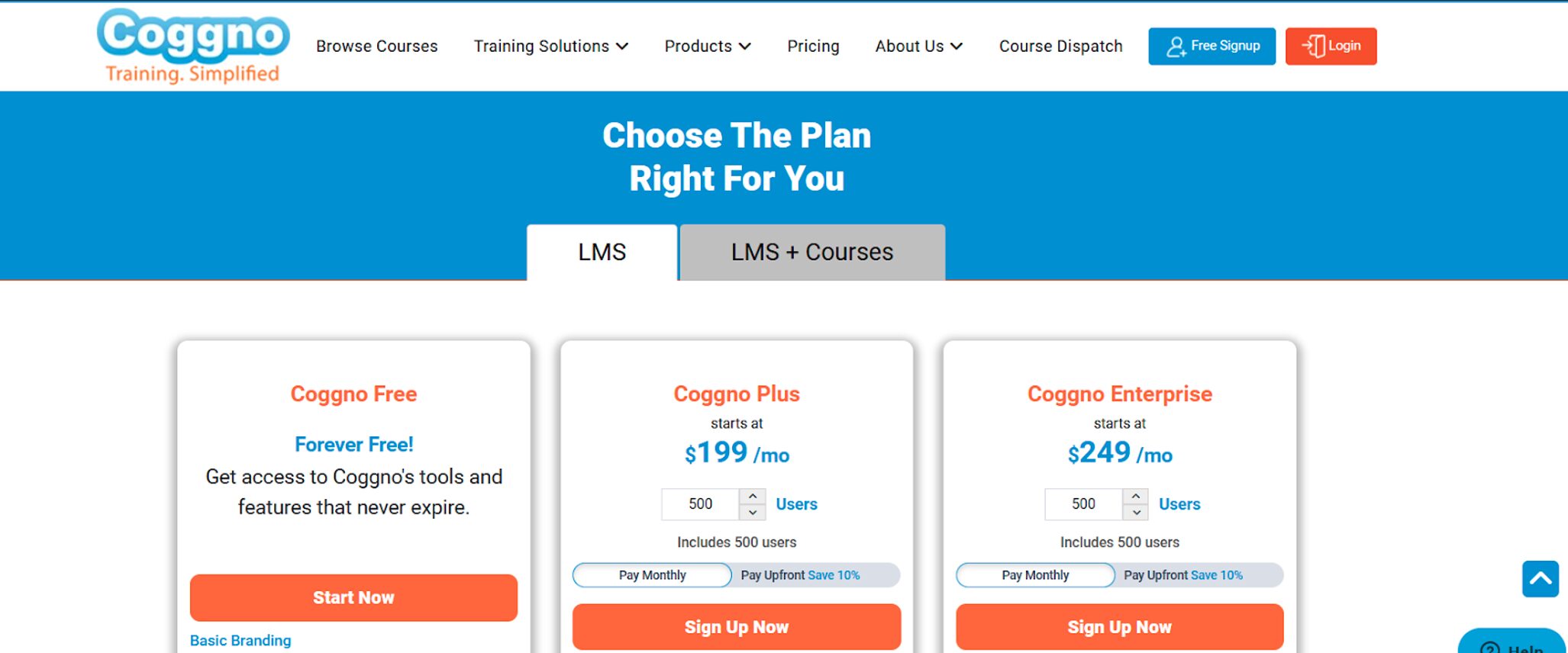
Pricing:
Coggno offers different pricing for LMS and LMS + Courses:
LMS:
- Coggno Free: Basic access to Coggno’s tools with no expiration.
- Coggno Plus: Starts at $199/month and includes tools and resources for up to 500 users.
- Coggno Enterprise: Starts at $249/month, includes expanded resources and management tools for up to 500 users.
LMS + Courses:
- Prime Team: Custom pricing includes access to up to 50 curated courses.
- Prime Enterprise: Custom pricing offers unlimited access to courses across multiple categories.
7) LearnUpon
LearnUpon is a user-friendly, cloud-based LMS that combines a comprehensive feature set with a customer-centric approach. With an intuitive interface, it caters to L&D teams and learners, providing tools to streamline training delivery, engagement, and reporting.
Features:
- Design custom content easily with built-in tools.
- Deliver on-demand training with feedback collection.
- Focused on enhancing learner experience through interactive elements.
- Automate enrollment and user management tasks.
- Leverages AI-powered features for content delivery and learner engagement.
- Create customized portals for different audiences.
- Access in-depth, customizable reports to track training outcomes.
Pros:
- Strong customer support and guidance
- Scalable for different organization sizes
- Multiple integrations and automation options
Cons:
- Some features require requests to customer success for activation.
- Course creation is restricted to a basic format (e.g., heading, text, video, quiz), limiting personalization and the ability to make the system feel unique.
- Learning pathways cannot be edited after creation, making them unusable for some organizational needs.
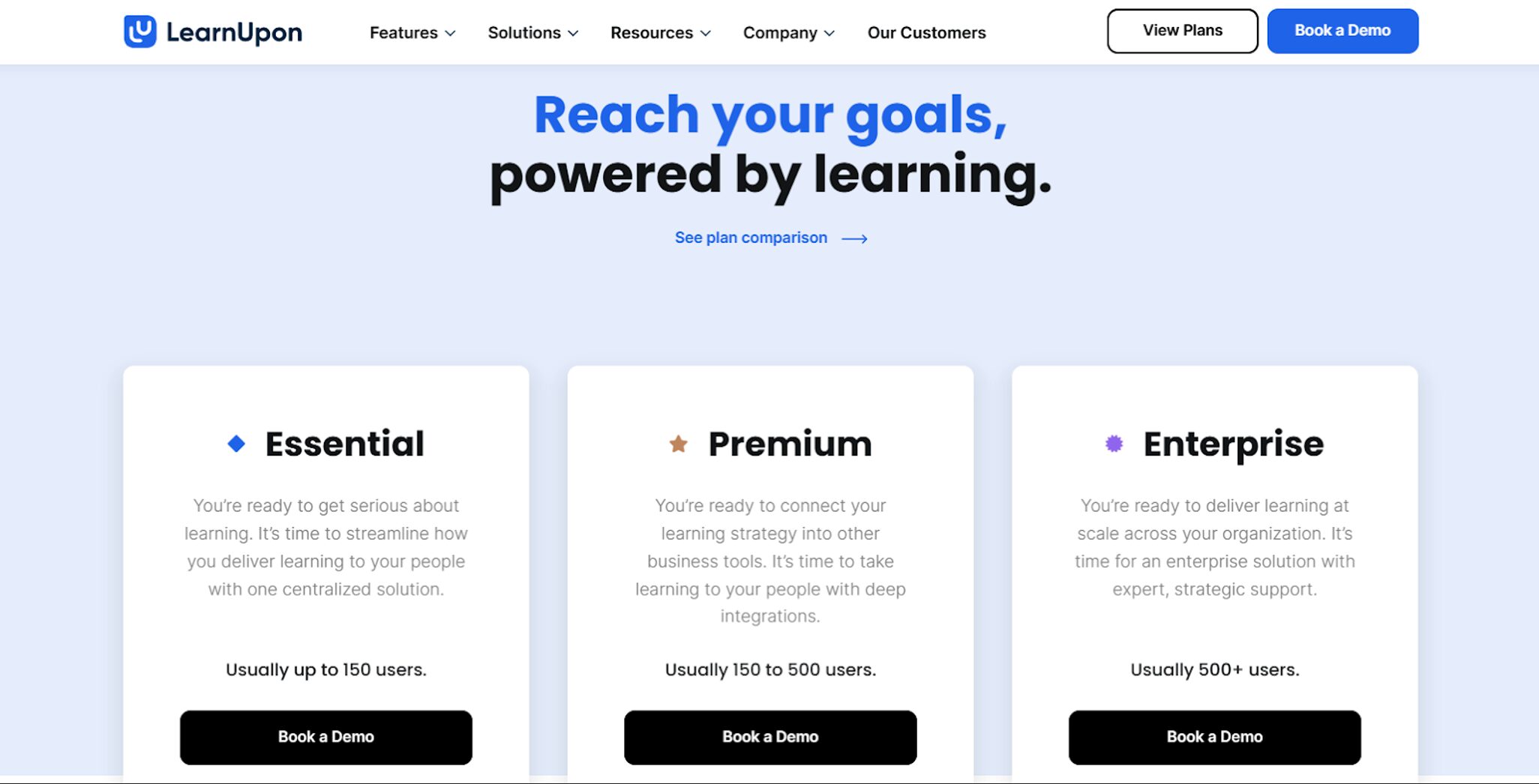
Pricing:
- Essential: Starts at $15,000/year, designed for up to 150 users
- Premium: For 150–500 users, includes deeper integrations
- Enterprise: For 500+ users, offers advanced support and scaling capabilities
8) Docebo
Docebo is a cloud-based LMS known for its innovative approach to integrating AI and personalized learning experiences for enterprises. It supports diverse employee learning styles with a user-friendly design, making it ideal for large organizations looking for scalable, customizable, and data-driven training solutions.
Features:
- Lots of personalization, custom branding, and over 400 integrations with major business tools.
- Uses AI to help tag content, make recommendations, and find skill gaps.
- It suggests content based on specific skills that learners need.
- Lets you create quizzes and surveys right on the platform.
- Delivers learning on the go with full integration capabilities.
Pros:
- Drag-and-drop customization of the learners portal.
- Unlimited cloud storage across all plans.
- Social and collaborative learning features such as Docebo communities.
Cons:
- Poor support with critical functionality issues.
- The mobile app is basic and lacks branding flexibility, while the content marketplace would benefit from more modern and relevant course offerings.
- System setup feels clunky, and updates often prioritize learners over backend users.
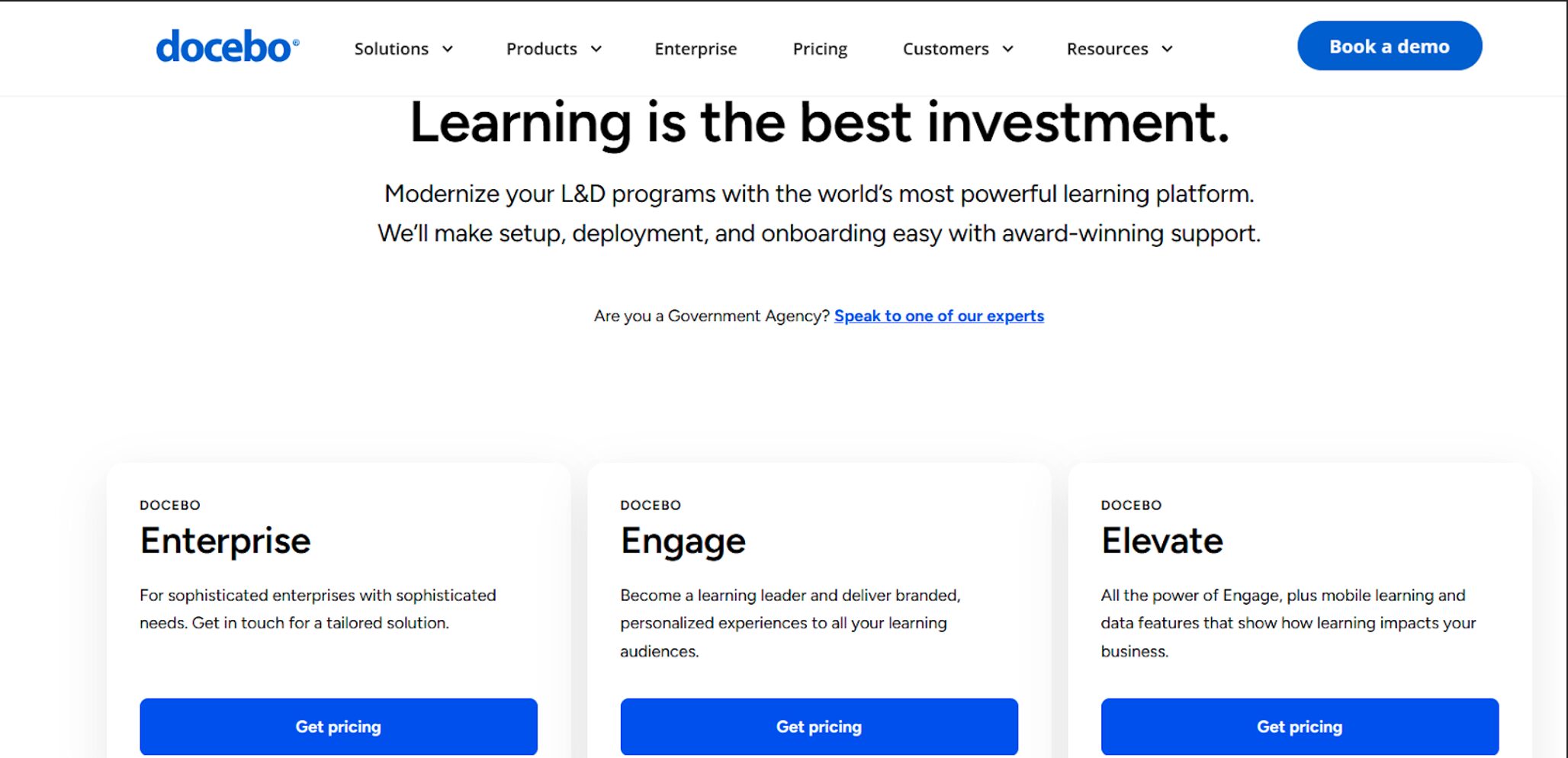
Pricing: Three pricing tiers. Quote available on request.
9) Absorb LMS
Absorb LMS is a robust training management system for corporate training and development. It combines a modern, intuitive interface with advanced features like AI-driven personalization, social learning, and extensive integrations, making it ideal for organizations needing scalable, tailored learning solutions.
Features:
- Create custom courses directly in the LMS.
- Access premade courses from BizLibrary, Skillsoft, and LinkedIn Learning.
- Intuitive, fully functional app for employee learning on the go.
- Strong security and compliance with standards like SOC 2 and GDPR.
- Supports monetization with integrations for selling courses globally.
- Round-the-clock customer support for global organizations.
Pros:
- Advanced integrations and API options for seamless ecosystem fit.
- AI-driven tools for course creation and personalized learning paths.
- Offers personalized learning paths and a skills tracker to focus on skill development.
Cons:
- Selecting multiple departments or locations in a filter can only be done one at a time, making report creation tedious.
- For mid-sized companies, some add-ons can be too expensive.

Pricing: Pricing is available upon request and customized based on the number of learners and specific needs.
Things to Consider Before Choosing an Employee Training Software for Your Company
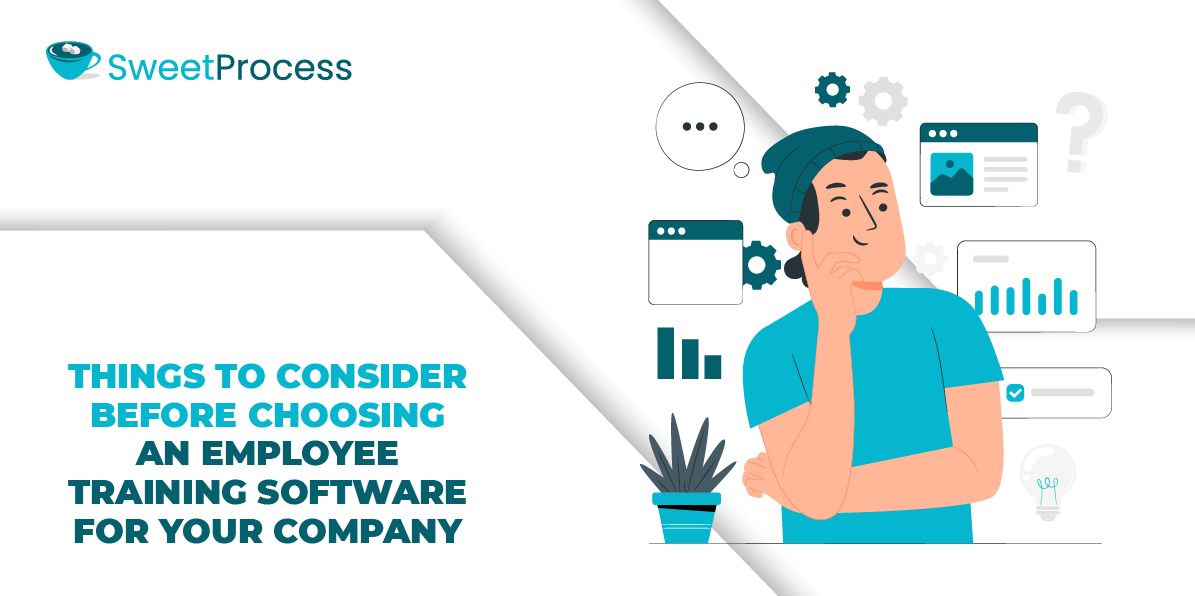
Selecting the right training software is more than just picking a popular platform; it’s about finding a tool that fits your unique needs and goals. Here are five essential factors to consider:
1) Identify Your Learning and Development Needs
Start by understanding what you want to achieve with your training program. Are you focused on onboarding new hires, offering compliance training, or upskilling current employees? Each of these goals may require different types of content and features. Knowing your objectives will help you narrow your options and select software designed to meet your specific needs.
2) Determine Your Audience
Your team’s experience with tech, preferred learning style, and device access should influence your choice. For instance, if your workforce is often remote or in the field, prioritize mobile-friendly software. If your employees aren’t highly tech-savvy, a more intuitive interface will prevent frustration and encourage higher engagement.
3) Estimate Your Budget

Training software can vary widely in cost, depending on features, customization options, and the size of your team. Assess your budget realistically and identify which features are essential versus “nice to have.”
While it might be tempting to go for a lower-cost option, investing in high-quality software that aligns with your training goals can deliver better long-term value. Calculate your budget while keeping an eye on the long-term ROI, considering factors like improved productivity and employee satisfaction.
4) Check for Scalability
As your business grows, so will your training needs. Choosing software that can scale with you—whether by adding more users or offering advanced features for larger teams—will prevent you from having to switch platforms down the line.
5) Look Into Integration Capabilities
To streamline your workflows, look for software that integrates with other tools your company already uses, such as HR platforms, project management software, or communication tools. Integrations can automate administrative tasks, like adding new hires to the training platform or syncing training completion with performance tracking, saving you time and reducing manual work.
Keeping these considerations in mind will help you make a smart choice that not only fits your budget but also supports your company’s learning and development objectives.
Making a smart choice doesn’t have to be hard; start with SweetProcess today and elevate your team’s potential!
How Businesses Use SweetProcess to Train New Employees
Using a new tool to train employees isn’t just about getting them through the basics. For small business owners, founders, and managers, effective training software goes beyond onboarding—it’s about creating a structured process that keeps your entire team aligned, informed, and empowered as your business grows.
Many companies struggle with fragmented methods and scattered documentation, which lead to inefficiencies and wasted time. But the right software can change all that by providing a central hub for training and resources accessible anytime, anywhere. That’s why choosing an LMS for your small business, especially one like SweetProcess that simplifies documentation, workflows, and training, can make a real difference in how quickly new employees ramp up and how consistently your team performs.
Take pLink Leadership, for example, a fully remote executive coaching and leadership development firm. For founders Gretchen Pisano and Jennifer Schneider, the challenge wasn’t just onboarding but ensuring every team member stayed in sync despite the distance.
At first, they tried managing processes the old-fashioned way—with a massive 85-page document containing all their operating procedures. It didn’t take long for this to become overwhelming. Employees found it difficult to locate information, and the document required constant updating as the business evolved. The result? Frustrated team members and a lot of wasted time searching for simple answers.
Jennifer, a self-described design enthusiast, knew there had to be a better way. Her search for a more user-friendly solution led her to SweetProcess. Unlike other tools, SweetProcess offered an intuitive interface that could adapt to the evolving nature of their business. It was visually organized, effortless to navigate, and provided the flexibility they needed.
After a short trial, Jennifer knew SweetProcess was the right choice, and her team’s experience changed completely. Employees no longer had to dig through endless pages to find answers; everything they required was clearly documented and easy to access. Processes became smoother, team members were less reliant on each other for routine answers, and operations were finally running as intended.
Similarly, Preferred Home Services, one of South Carolina’s fastest-growing home service companies, dealt with its own challenges. With over 200 employees, most of whom worked in the field, Director of Marketing and Customer Experience Katie Sullivan found that communication gaps created inefficiencies. Employees were frequently delayed by needing to track down information—what should have been simple five-minute tasks stretched out as they waited for answers.
When Katie joined the company, SweetProcess was already on board but wasn’t being used to its full potential. Driven by a vision to streamline workflows, Katie dug deeper into SweetProcess’s capabilities, integrating them into every area of their operations.
Now, team members could access the information they needed anytime, anywhere—even from an iPad or a mobile phone in a service truck. The impact was immediate: Employees became more independent, their work hours were more productive, and overall, the team’s efficiency skyrocketed.
See how SweetProcess helped Preferred Home Services resolve their bottlenecks here.
These companies show just how transformative the right online training software can be. For small businesses and growing teams, SweetProcess improves the training process and provides a foundation of knowledge that drives efficiency, fosters independence, and saves valuable time.
Which Employee Training Software Is Right for Your Company?
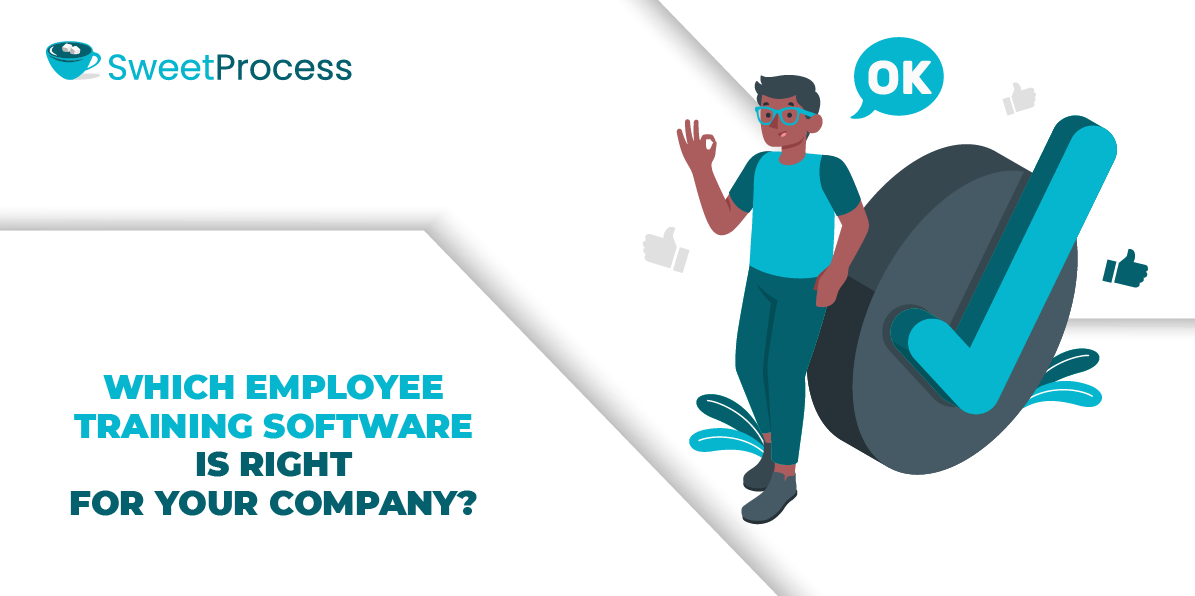
With so many training software options available, finding the one that perfectly aligns with your team’s needs can feel daunting. The key is to think about your team’s daily challenges and the specific goals you want to accomplish.
Are you aiming to streamline onboarding, improve consistency in training, or provide a centralized knowledge base that employees can access anytime?
For teams that prioritize clarity and efficiency, SweetProcess is designed to make training simple and scalable. Imagine a platform that doesn’t just organize your training materials but grows alongside your business. Built with small businesses, founders, and managers in mind, SweetProcess provides a balance of simplicity and powerful features that support everything from onboarding new hires to developing a reliable, accessible knowledge base. It’s more than a training tool; it’s a foundation for building a culture of continuous improvement.
Every company has unique needs, and the right training software should be flexible enough to meet them. For those seeking a reliable, easy-to-use platform that can evolve with their team’s growth, SweetProcess offers a solution that enhances efficiency, boosts employee confidence, and allows managers to focus on high-impact tasks.
Ready to see if SweetProcess is the right fit for your team? Start a free trial today and give it a test.
